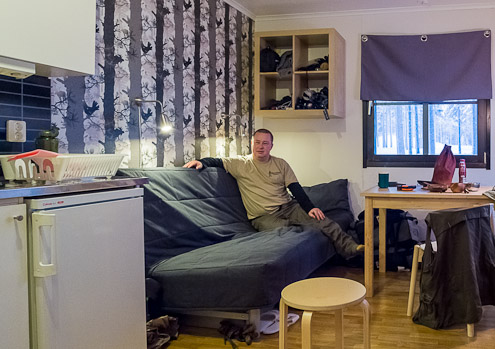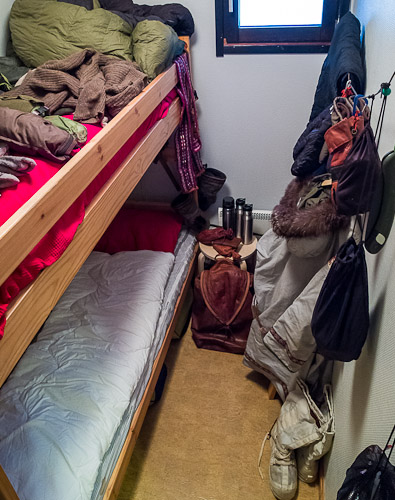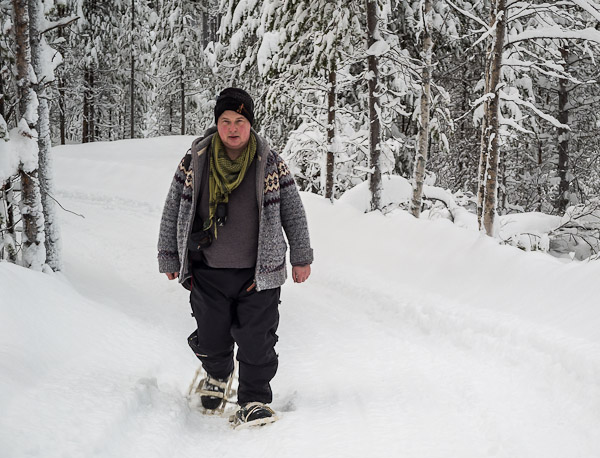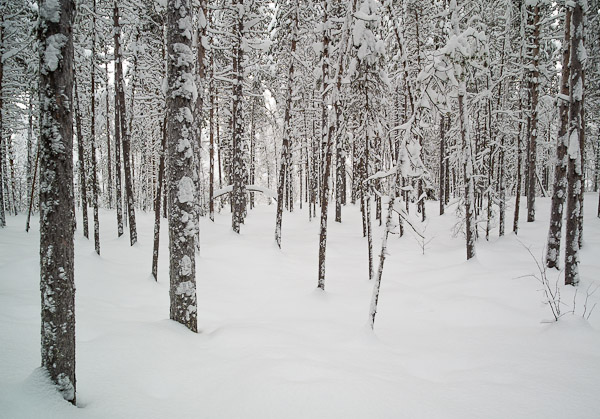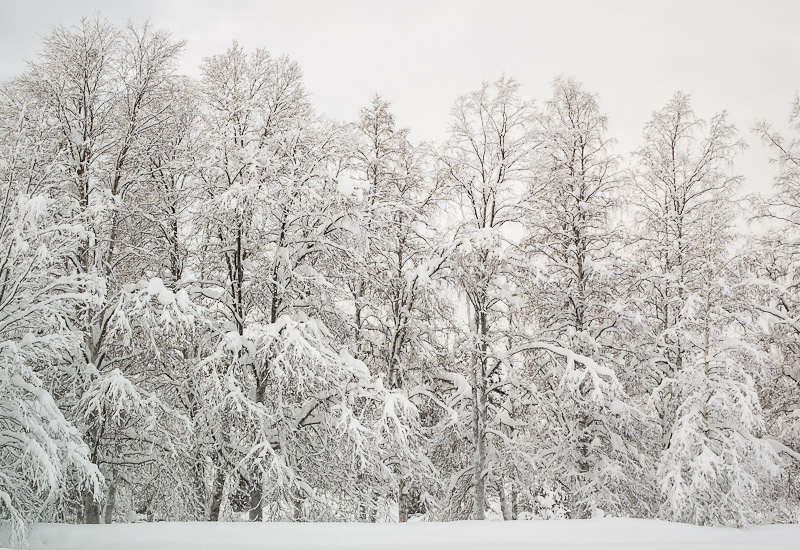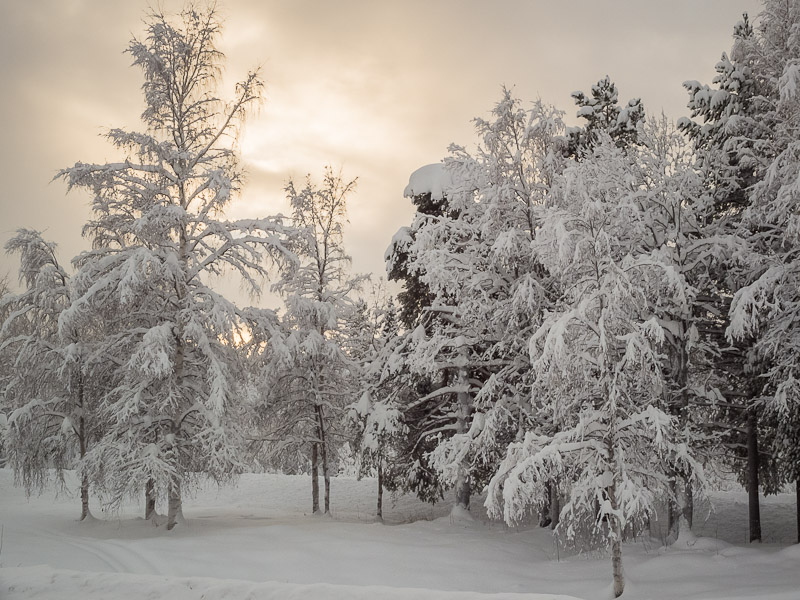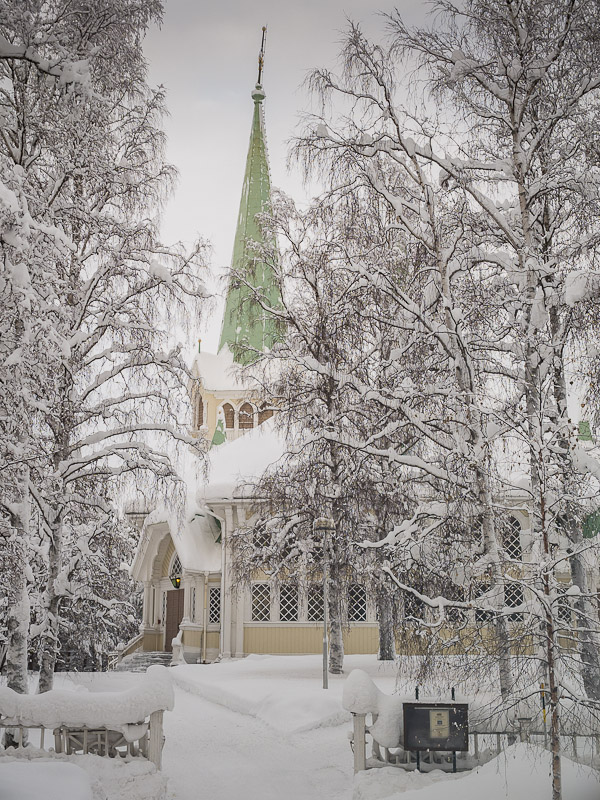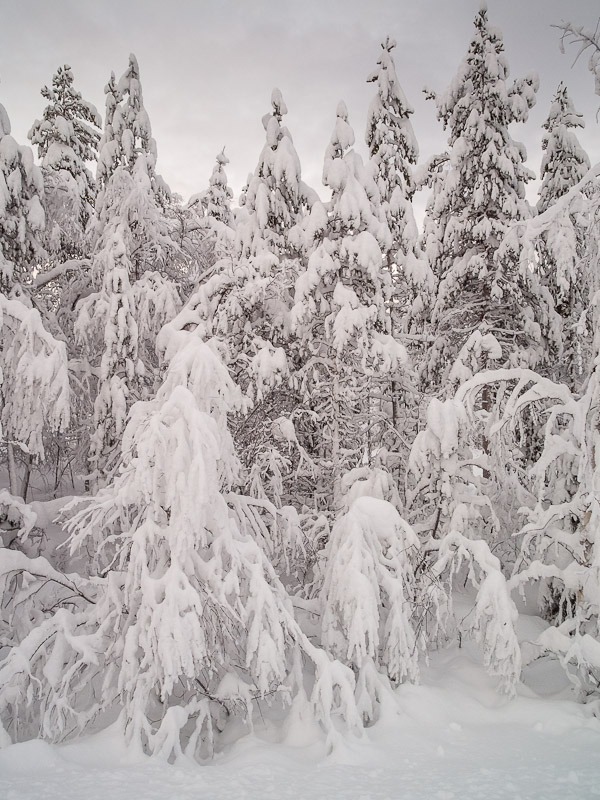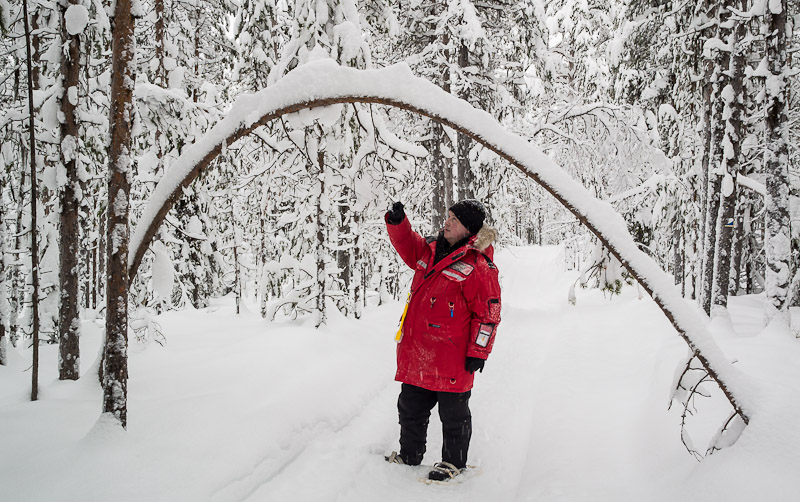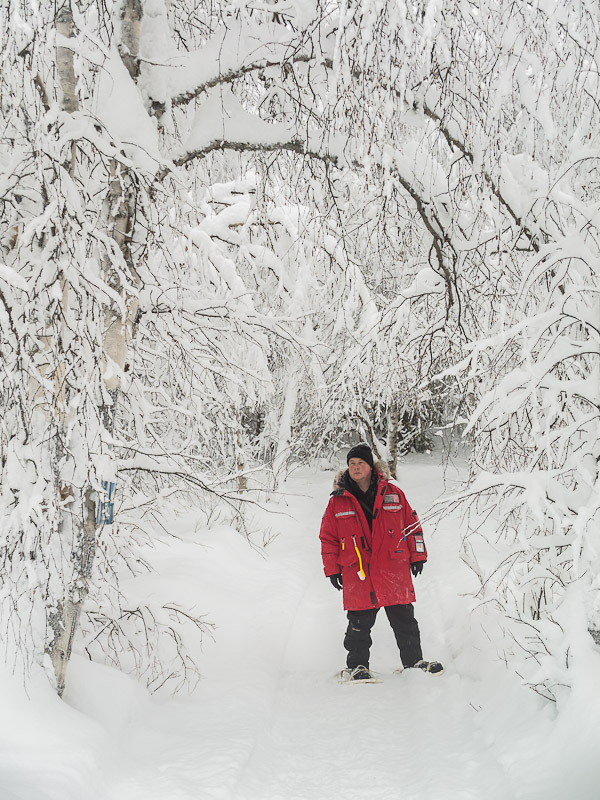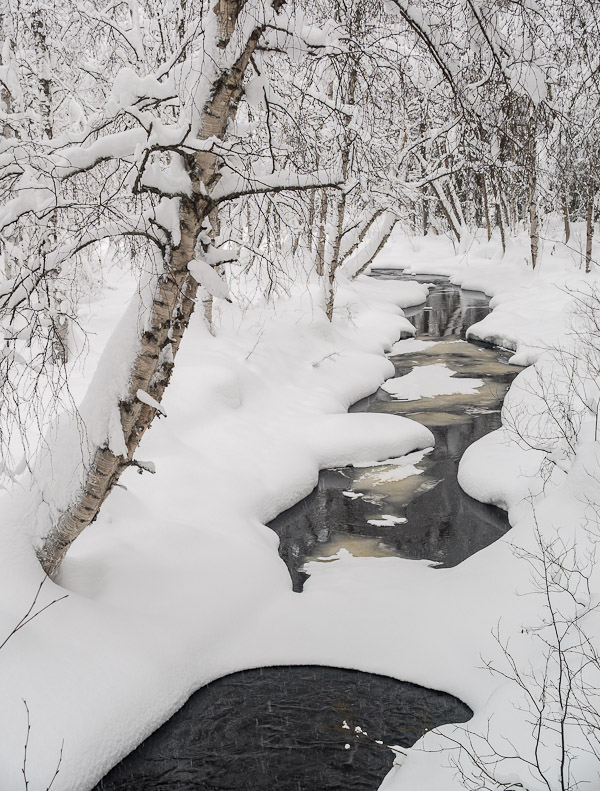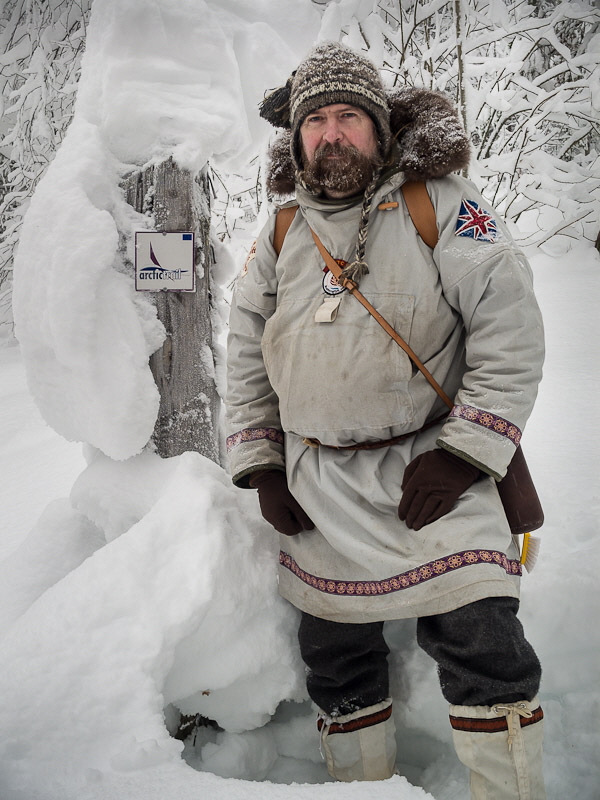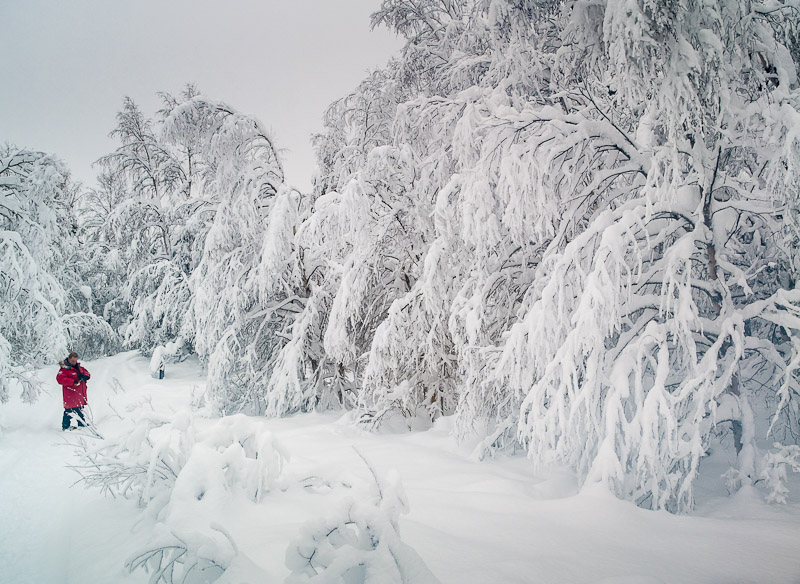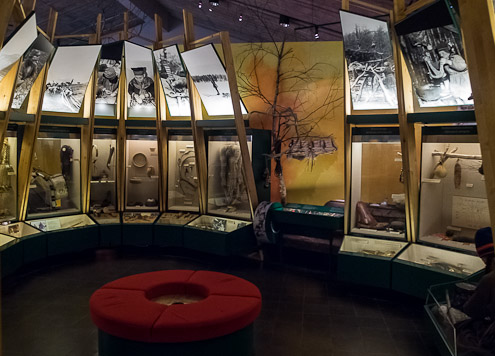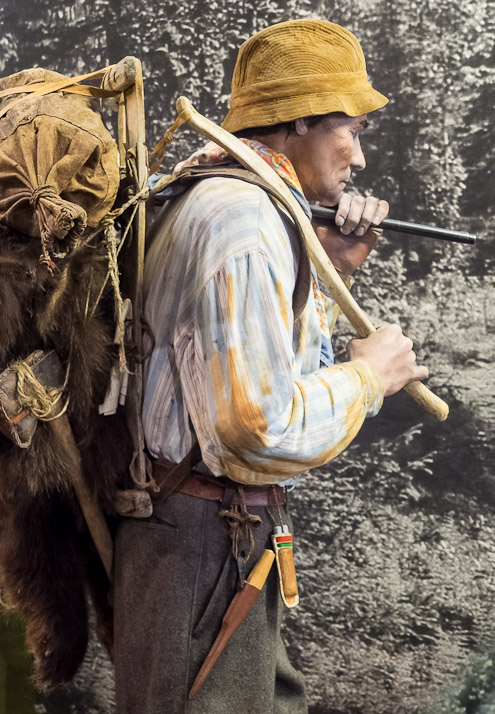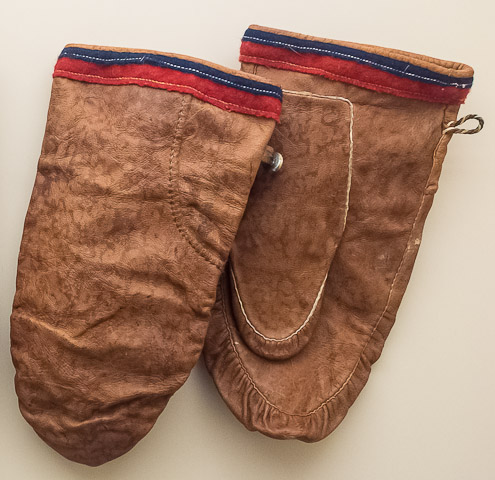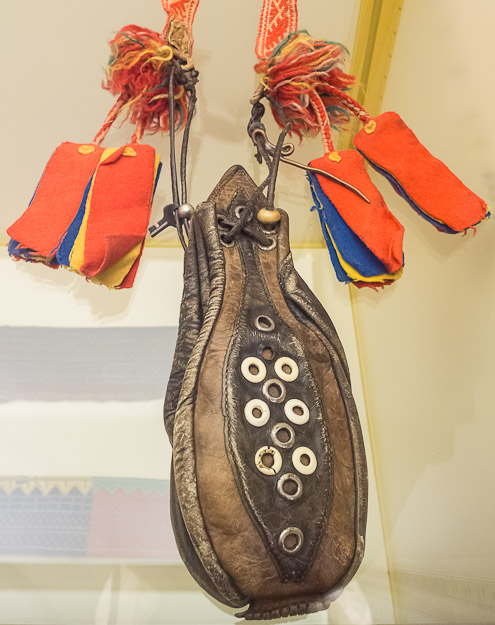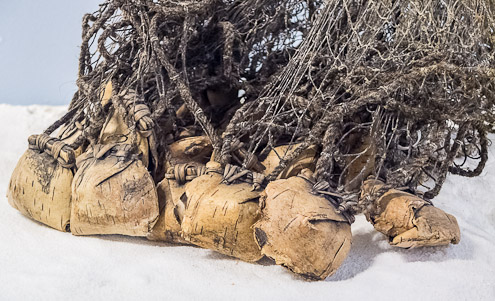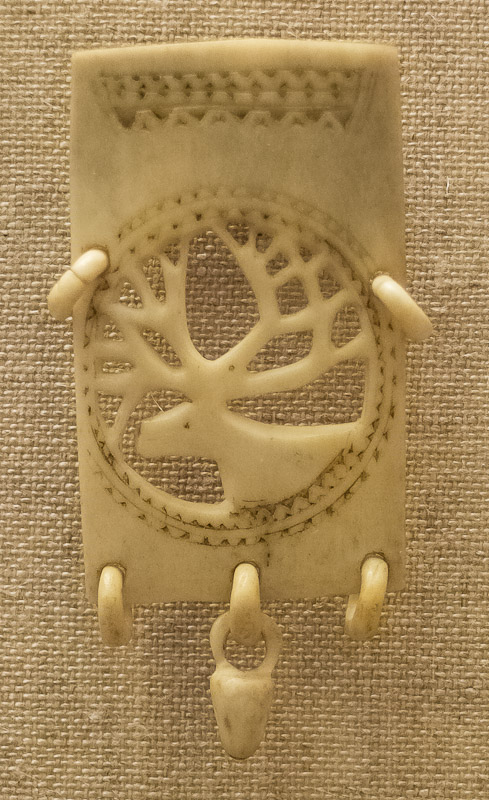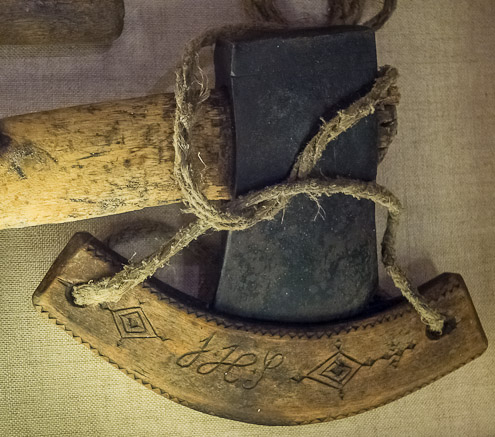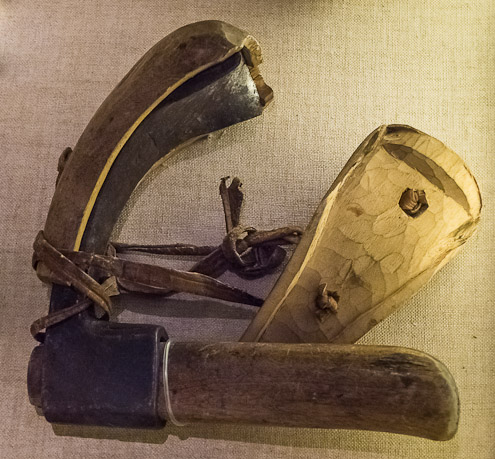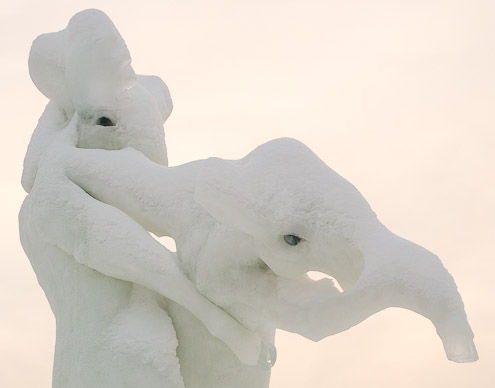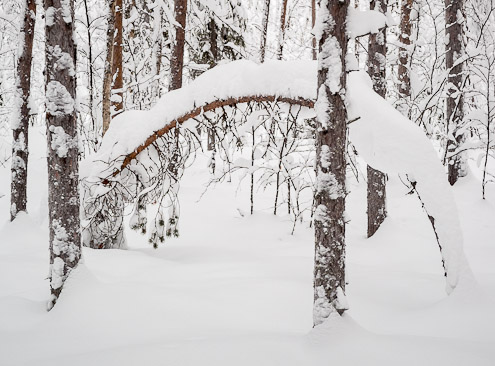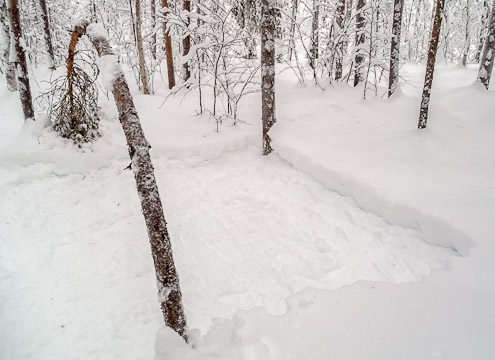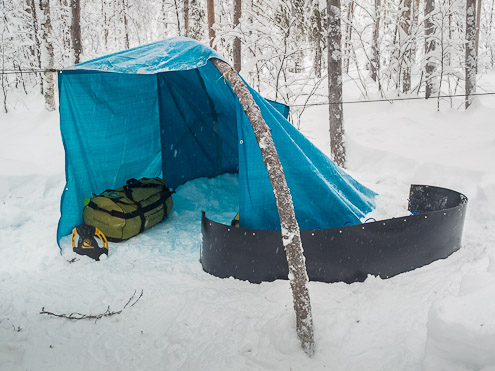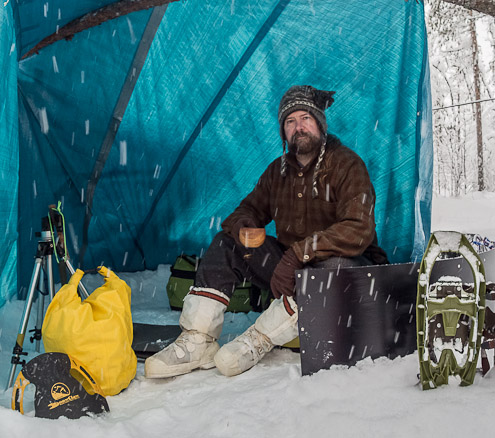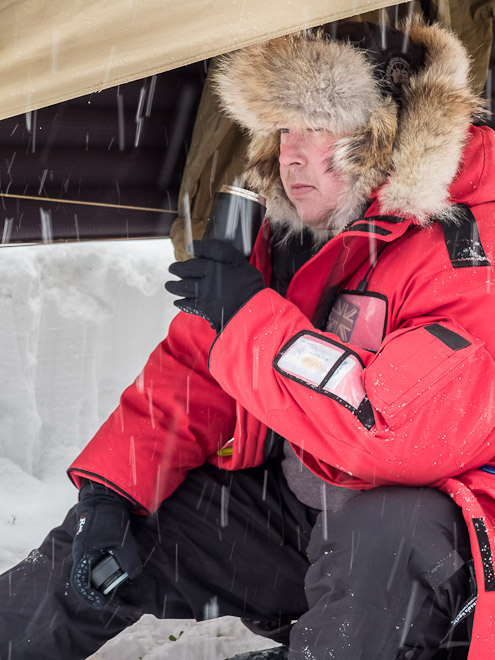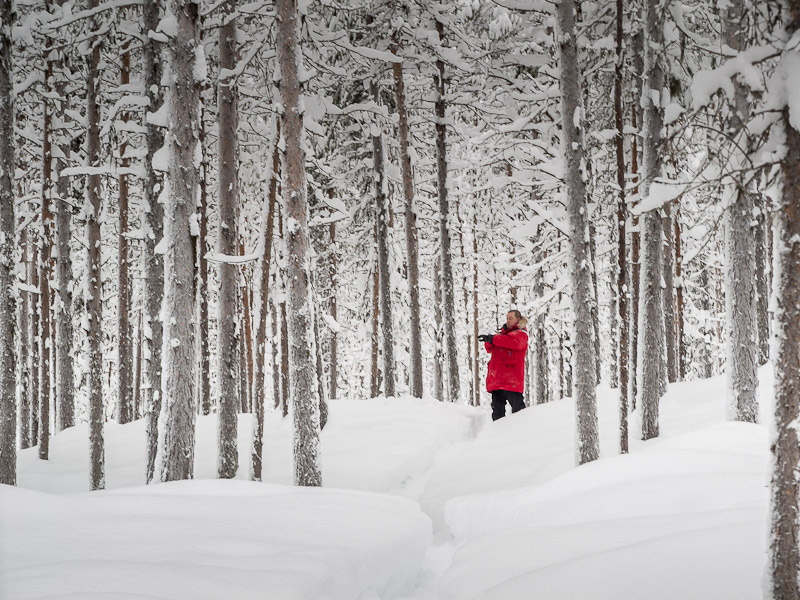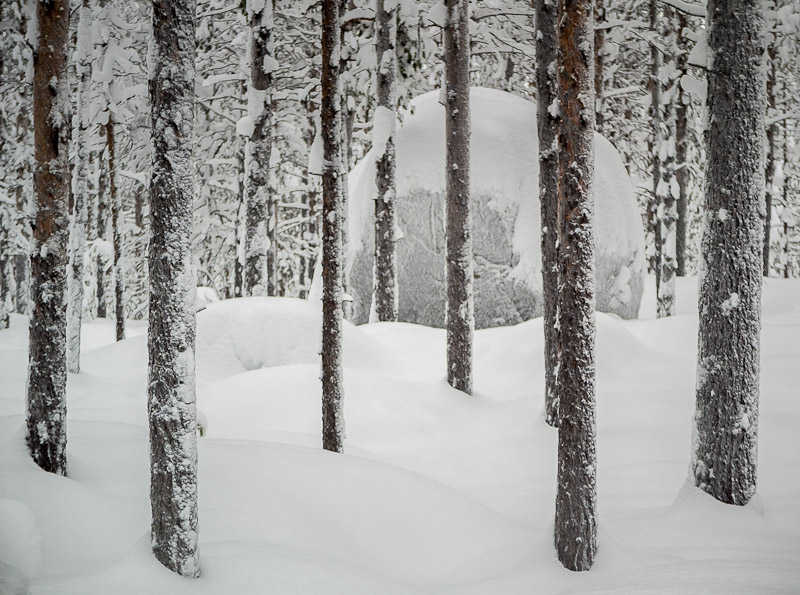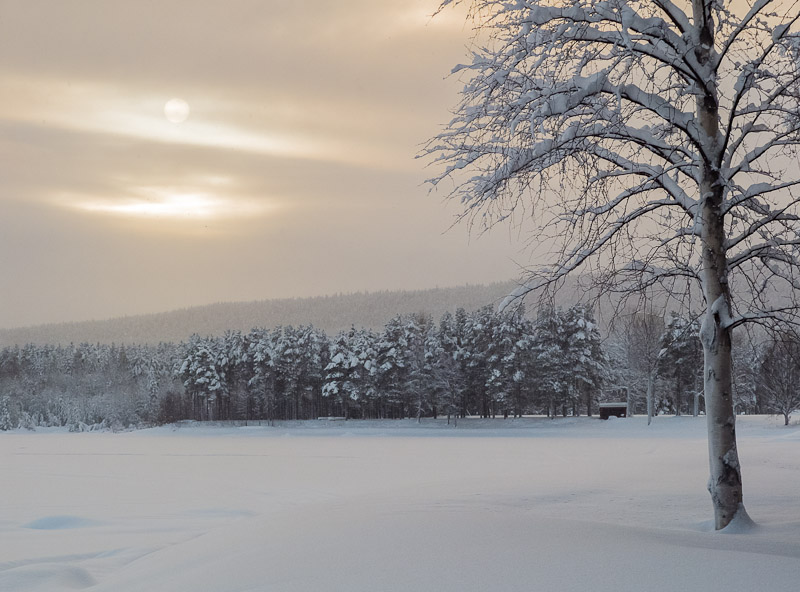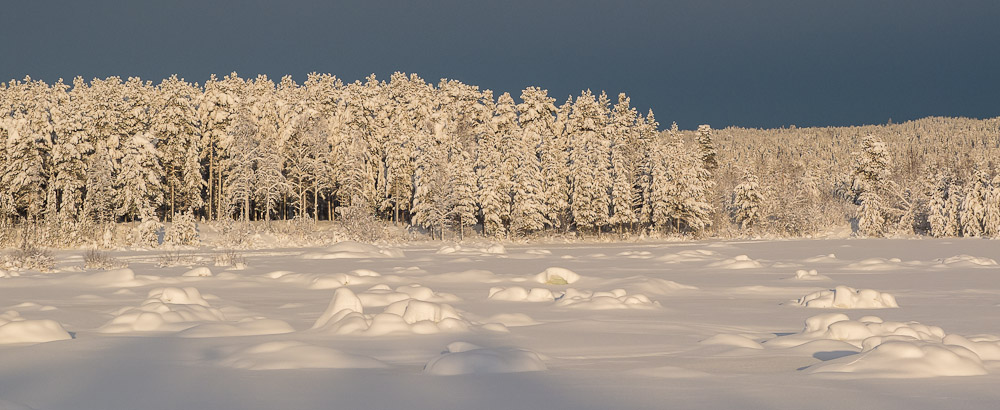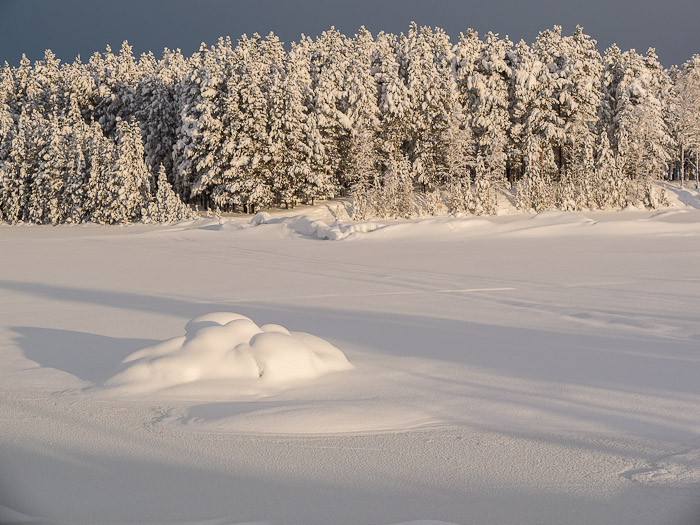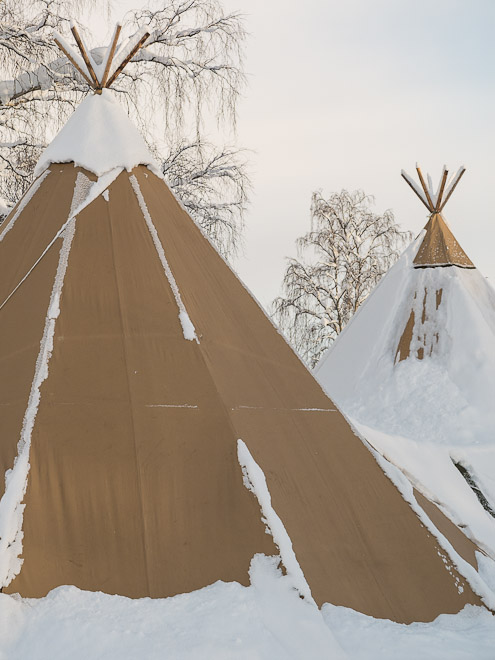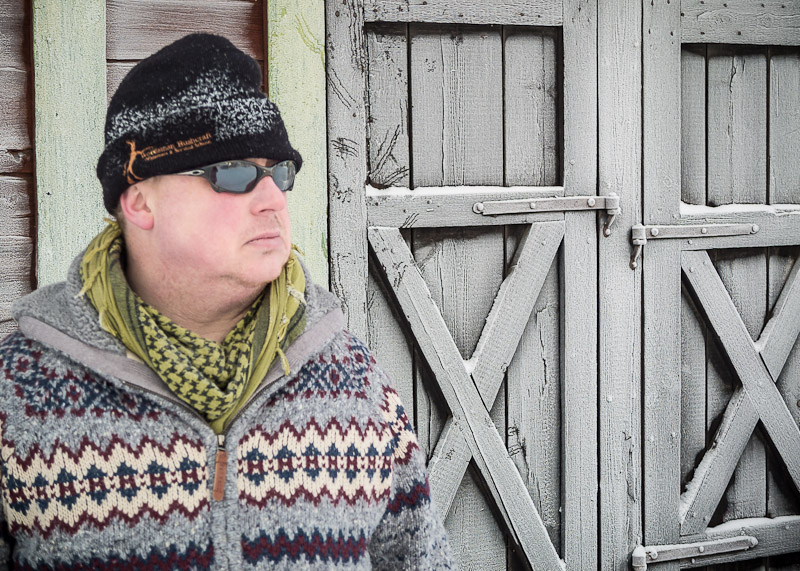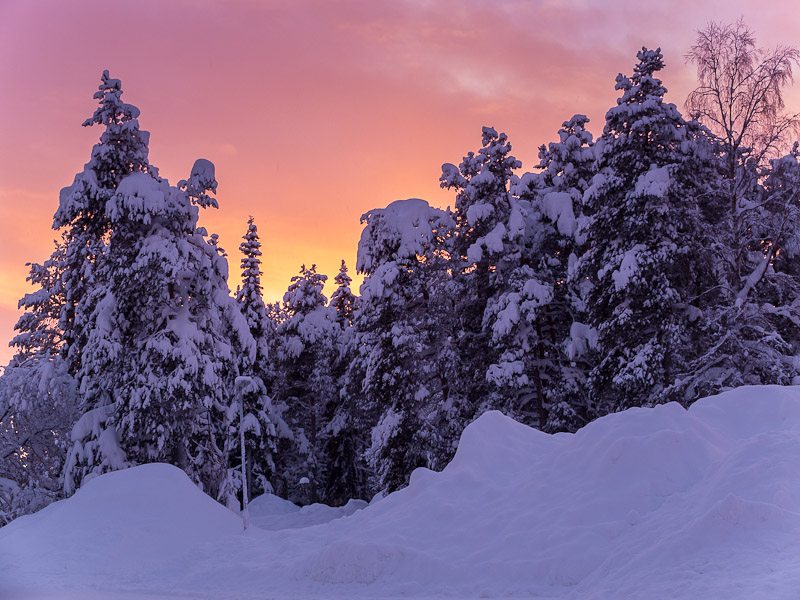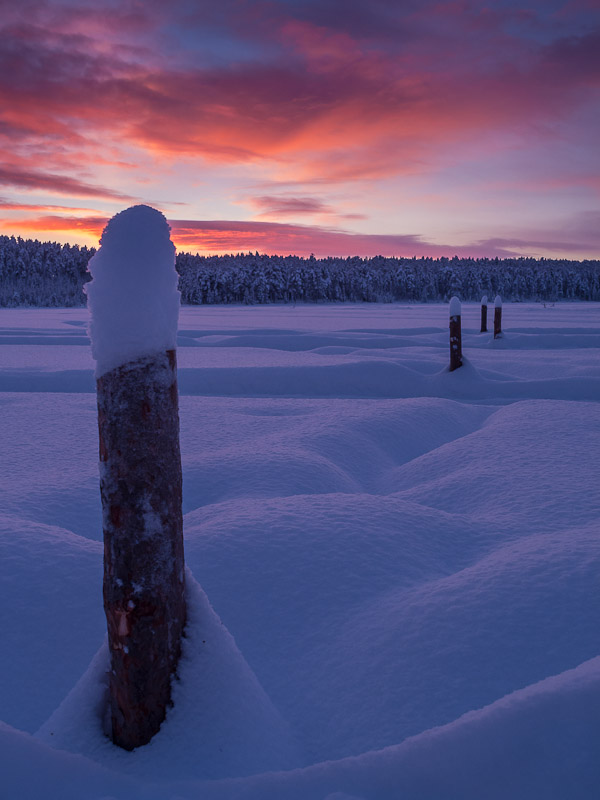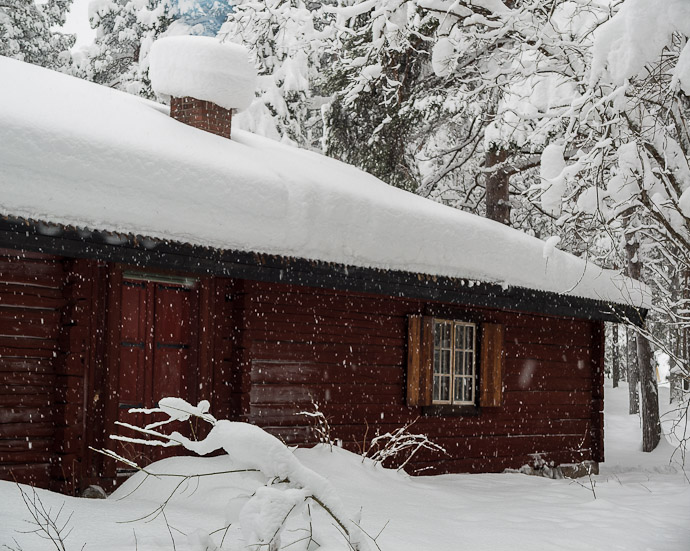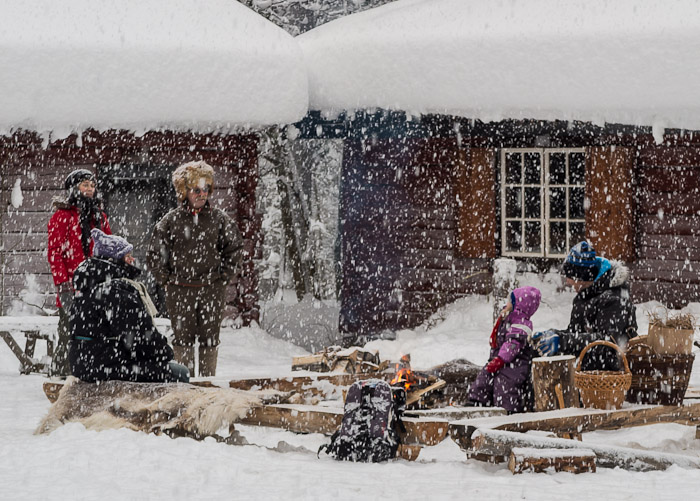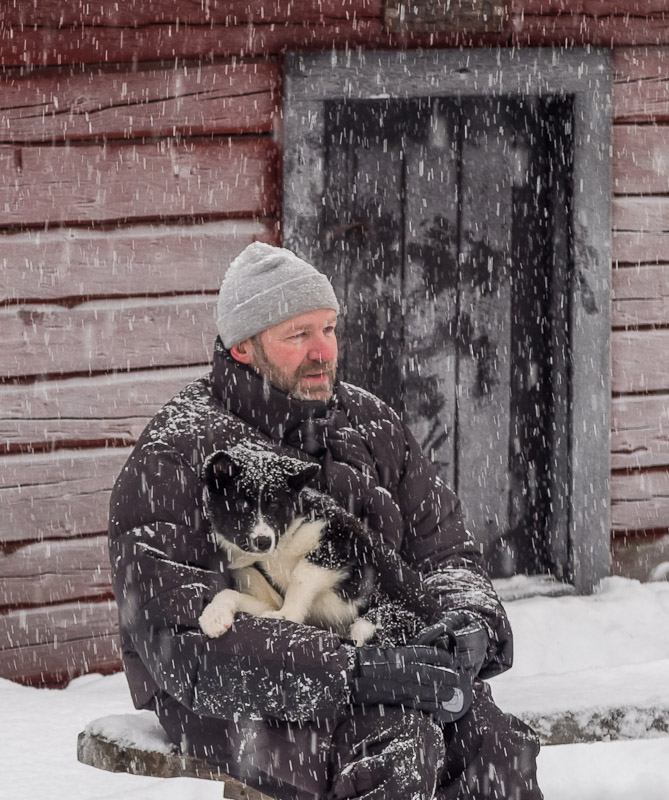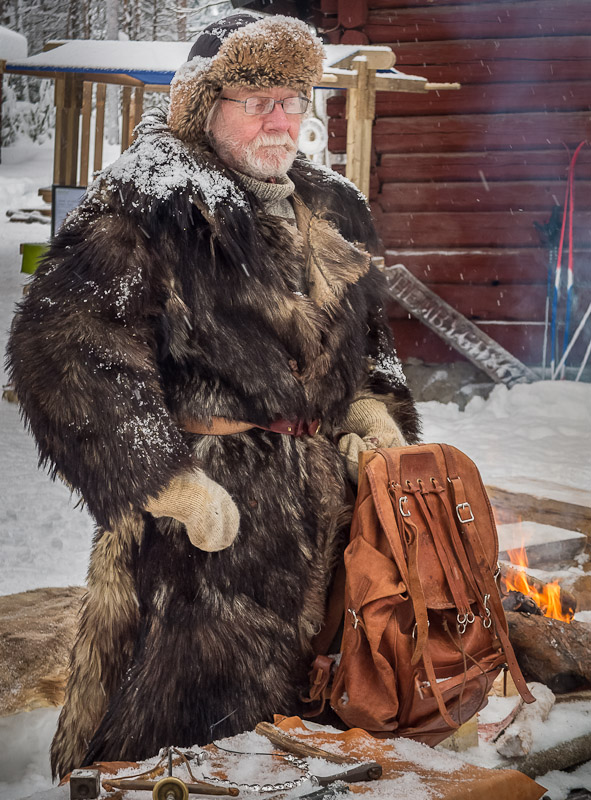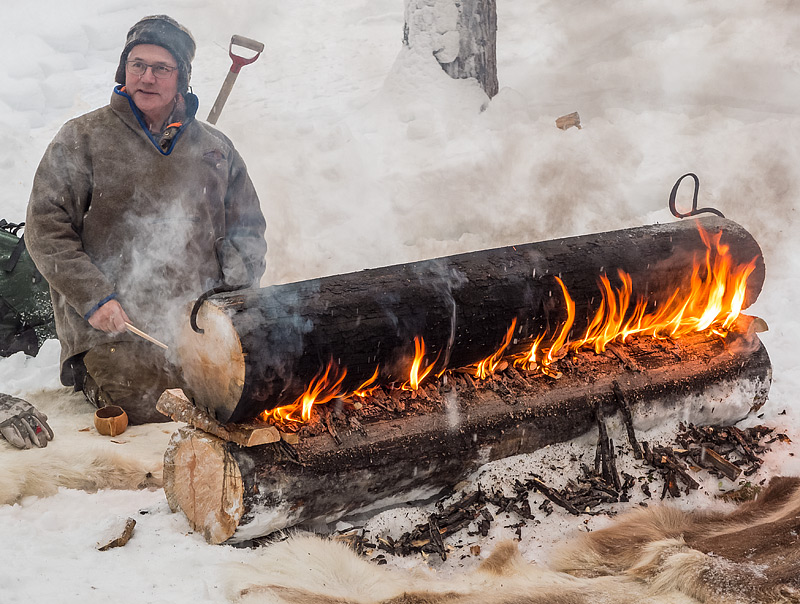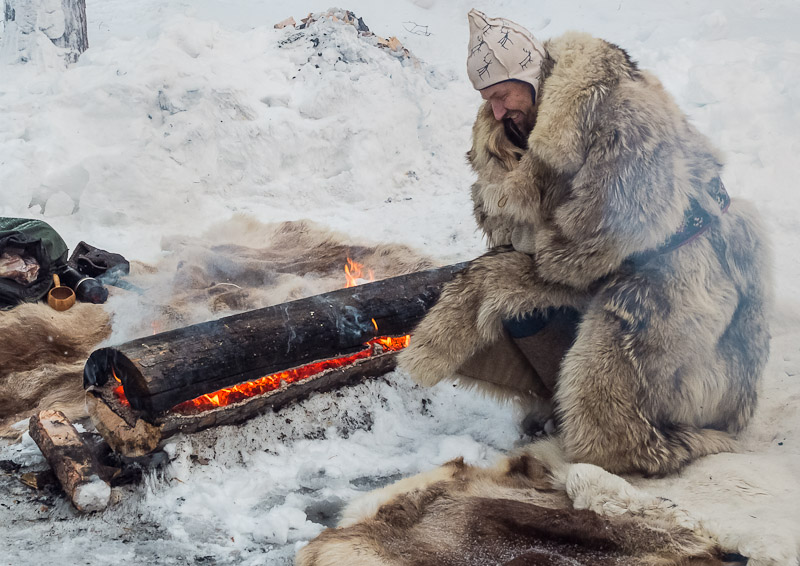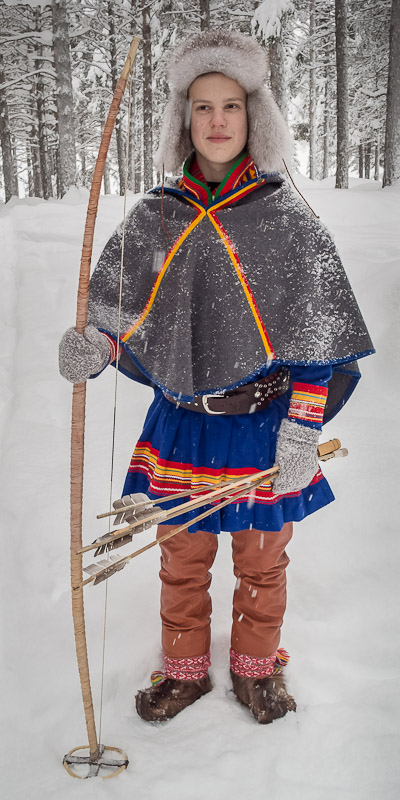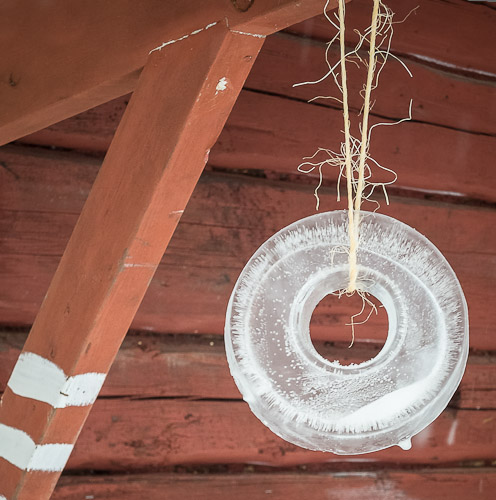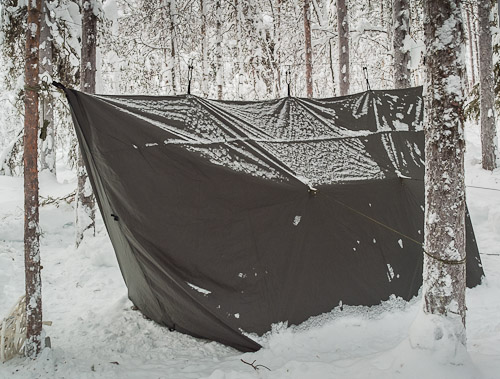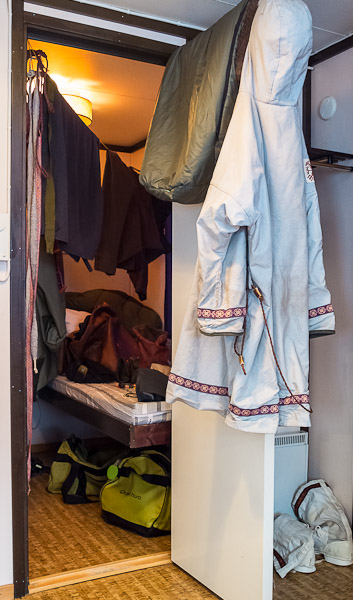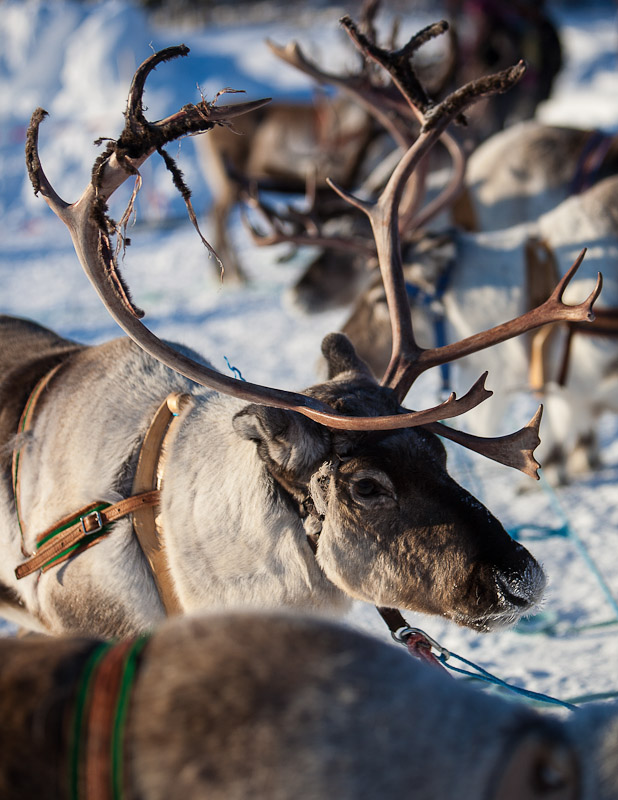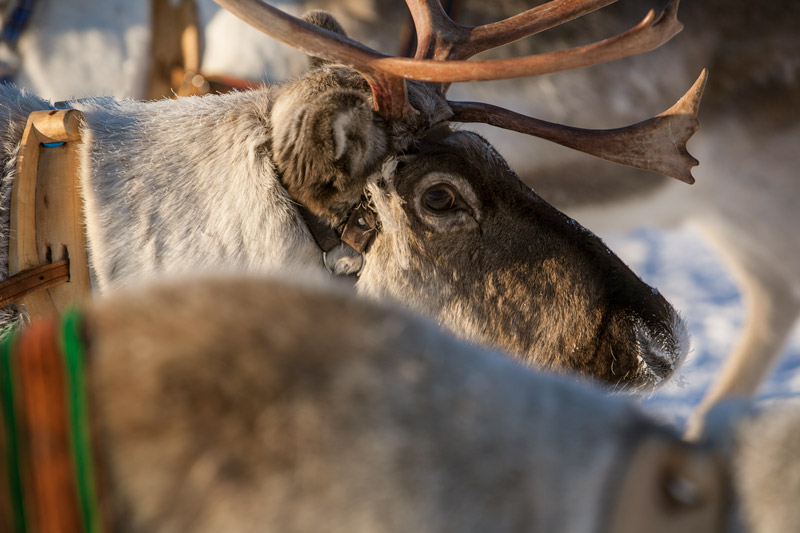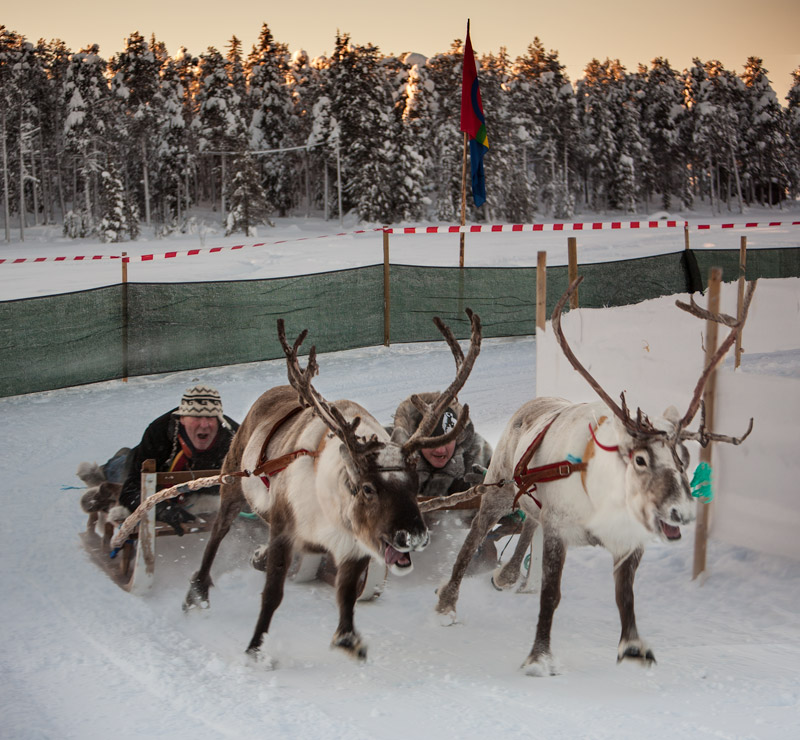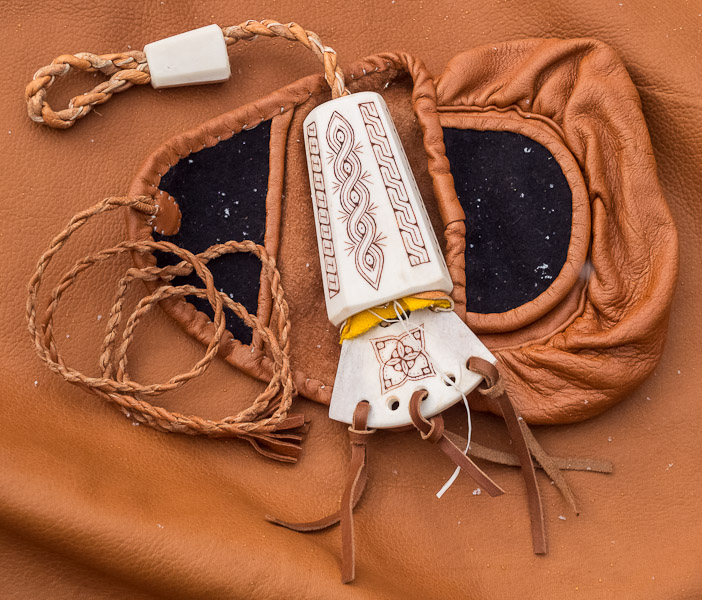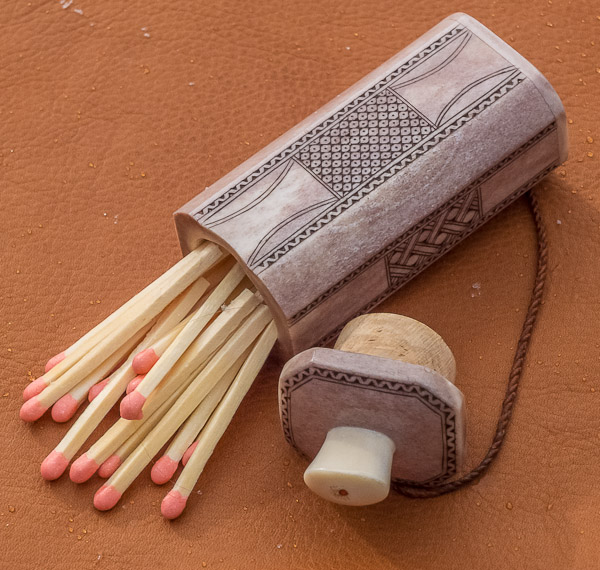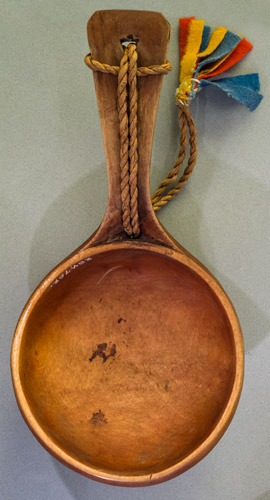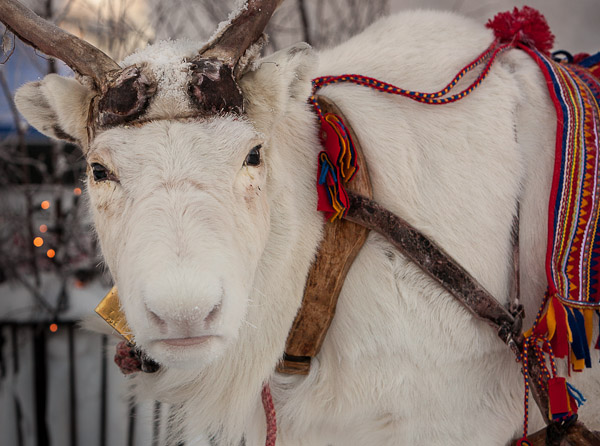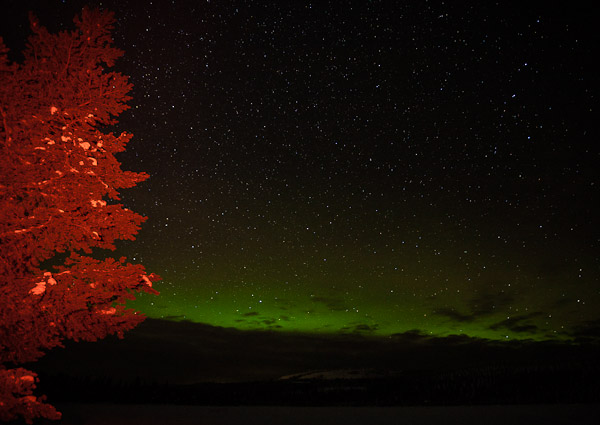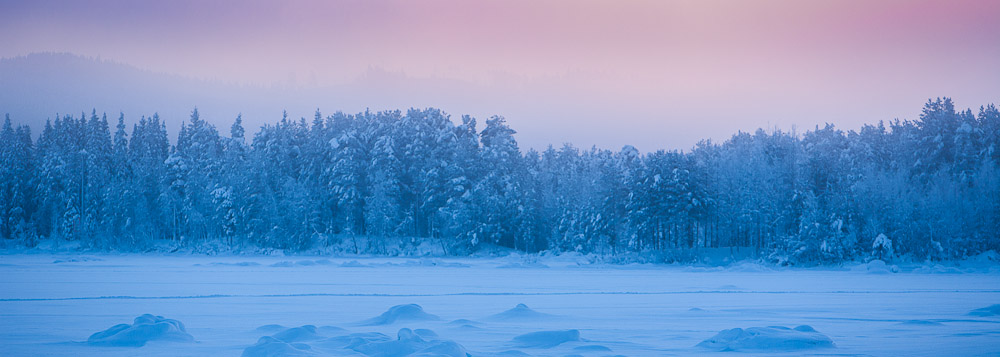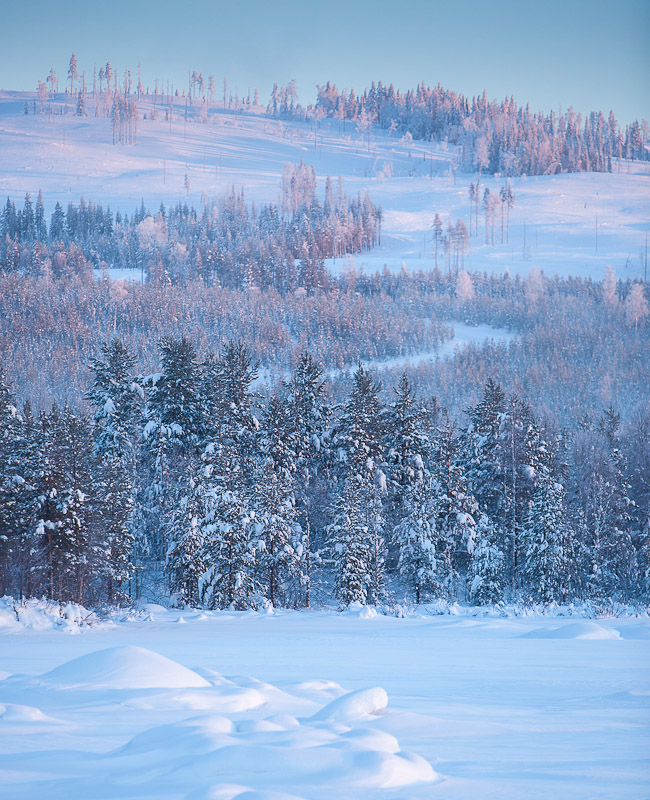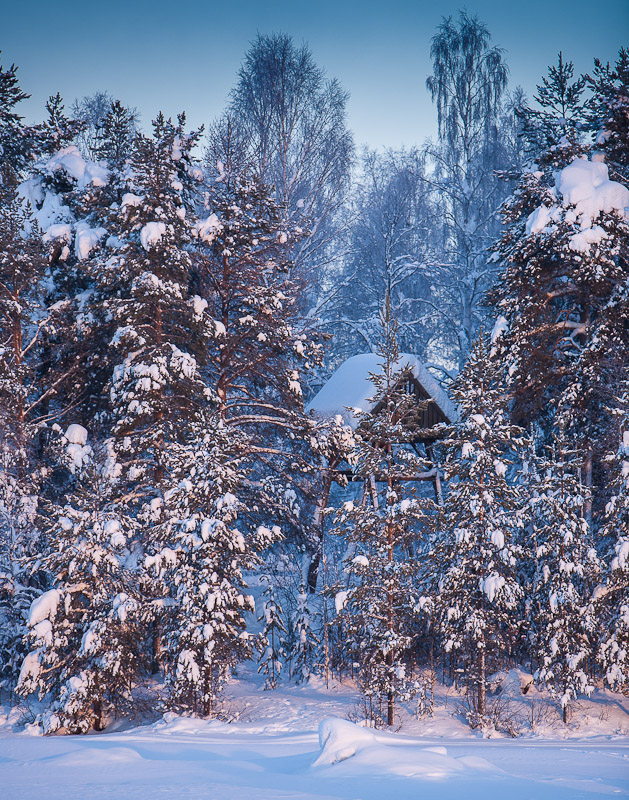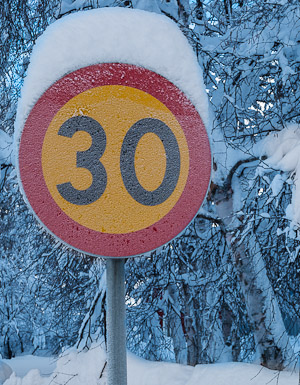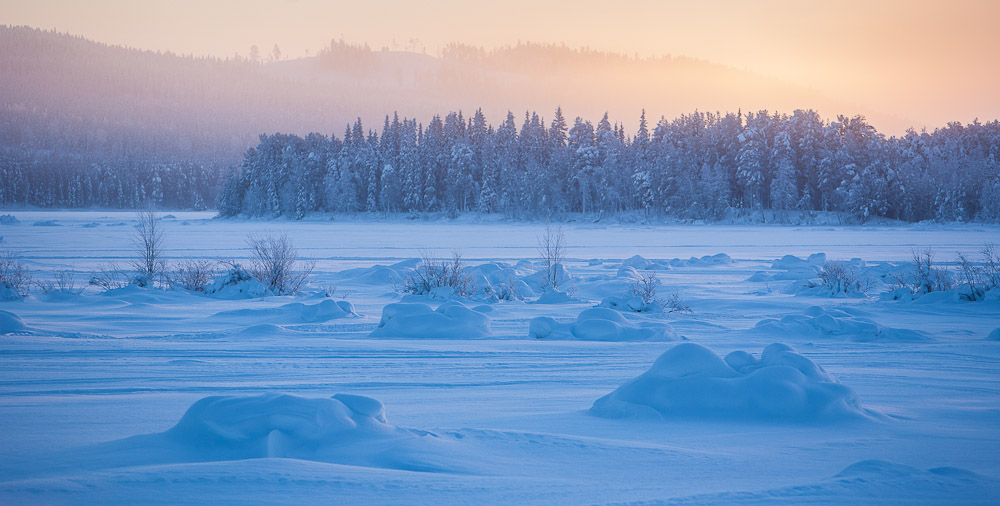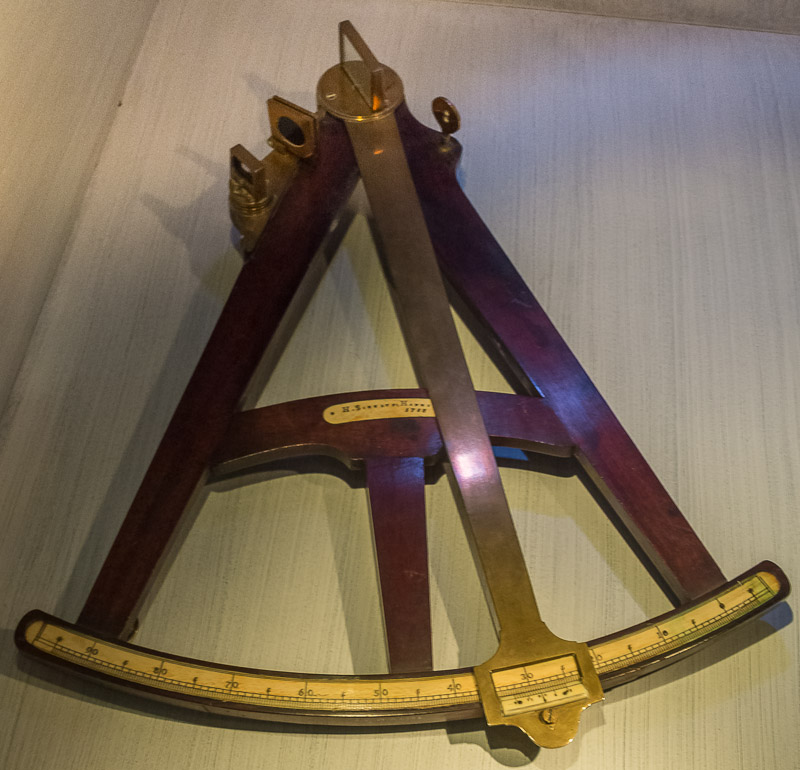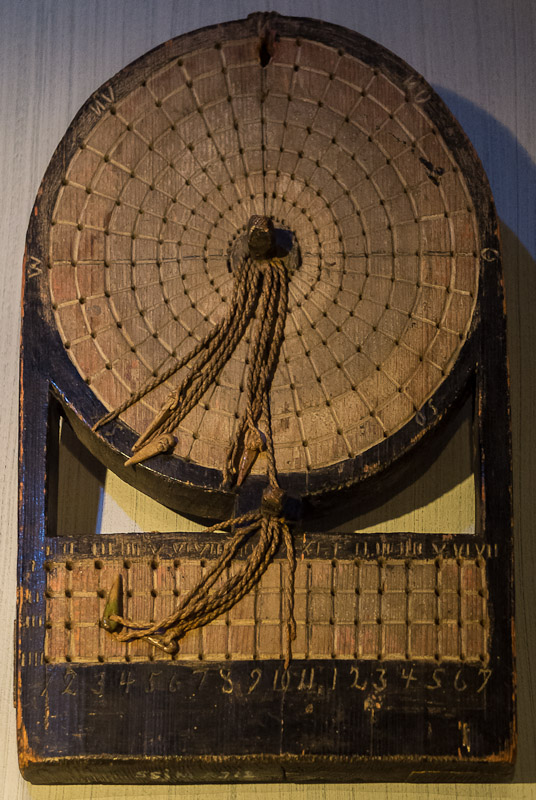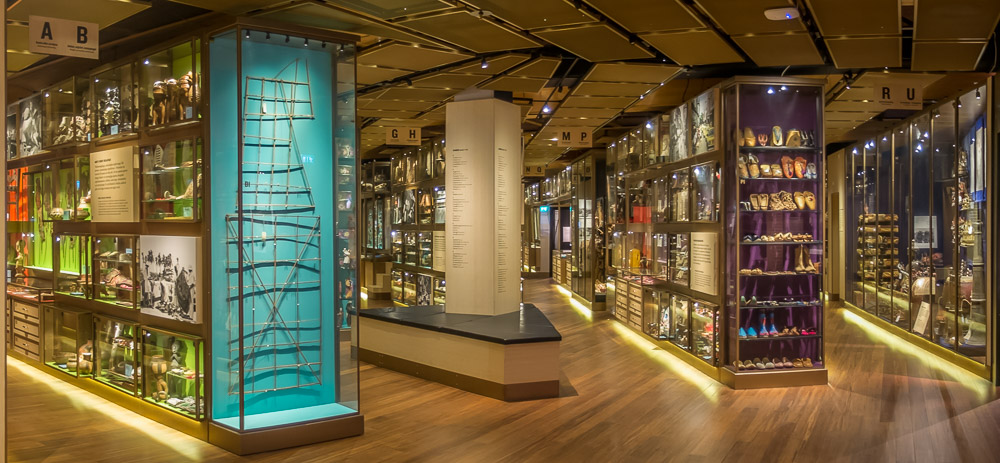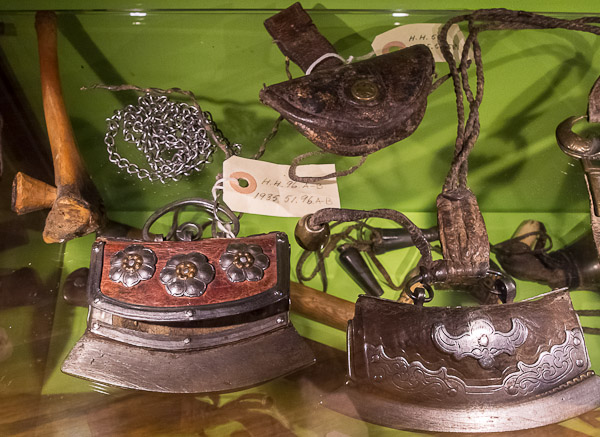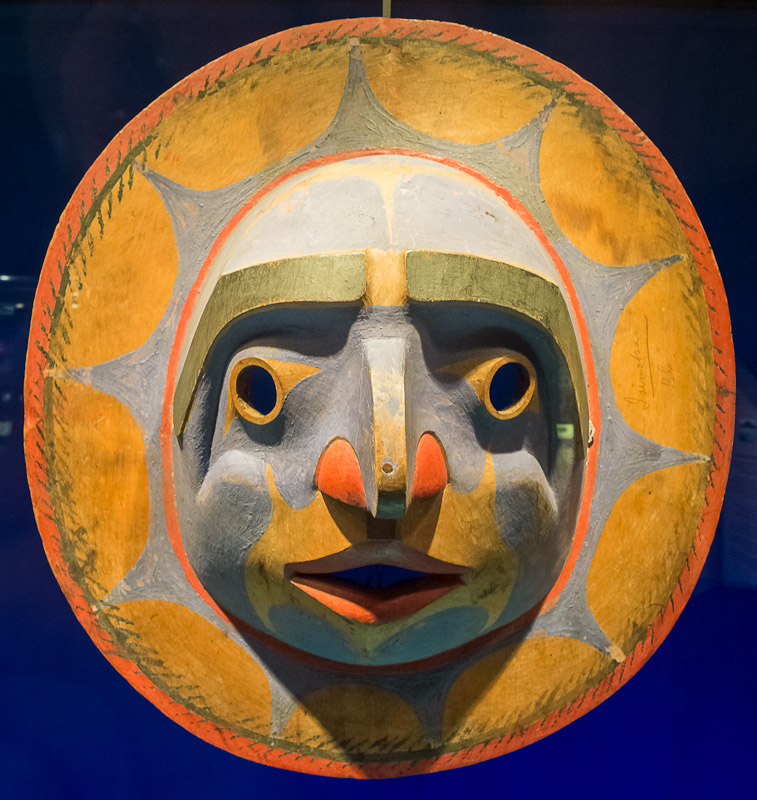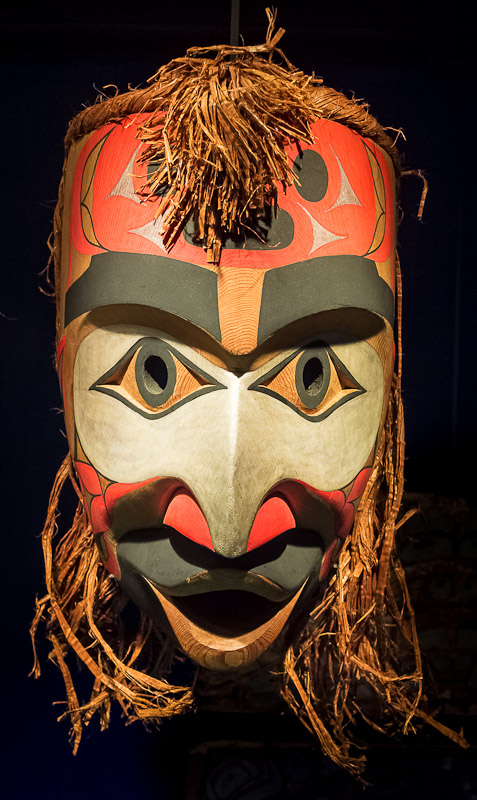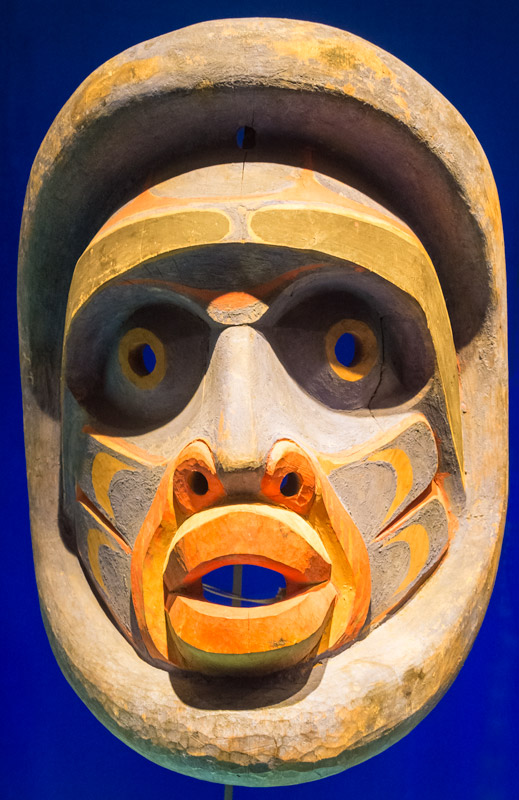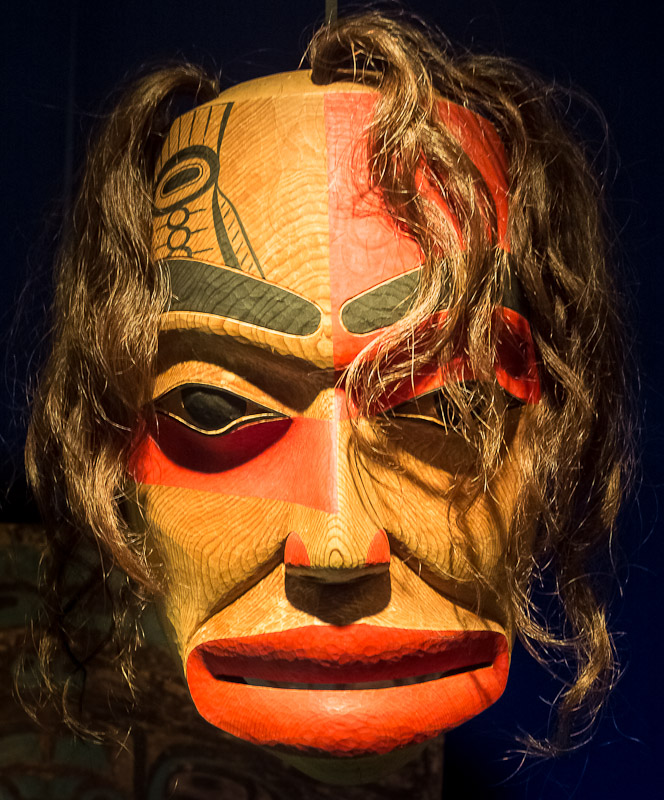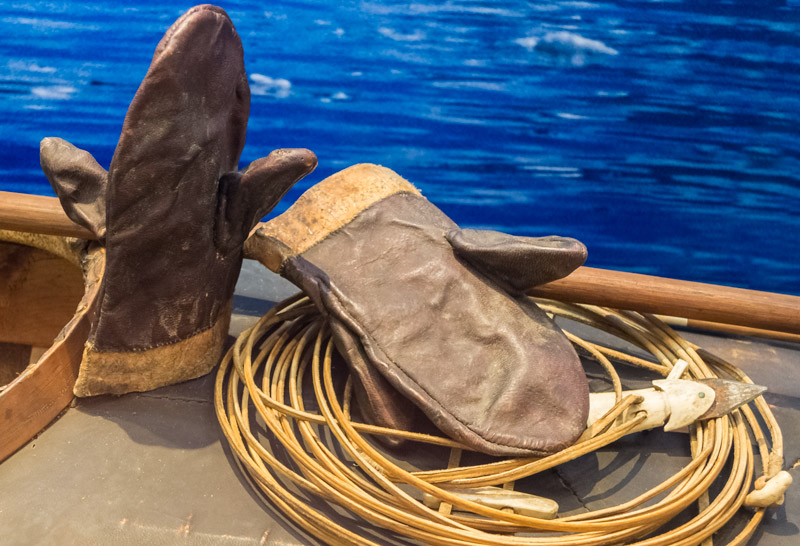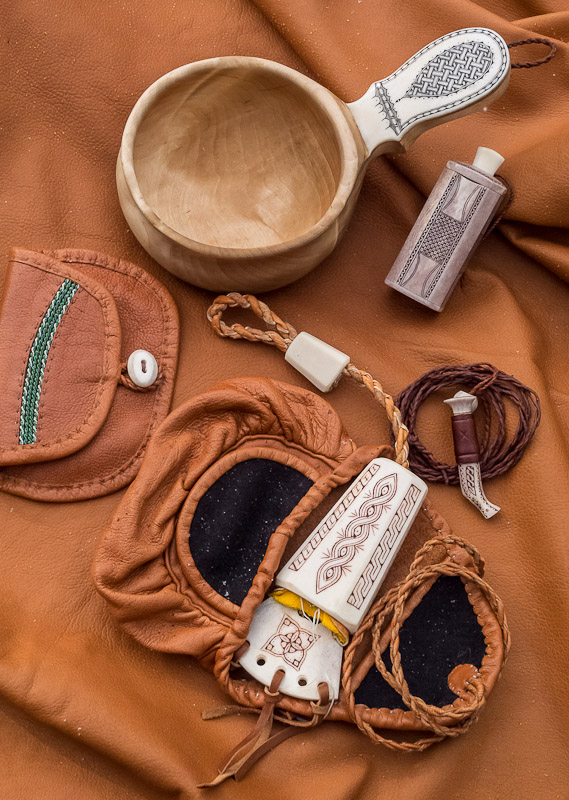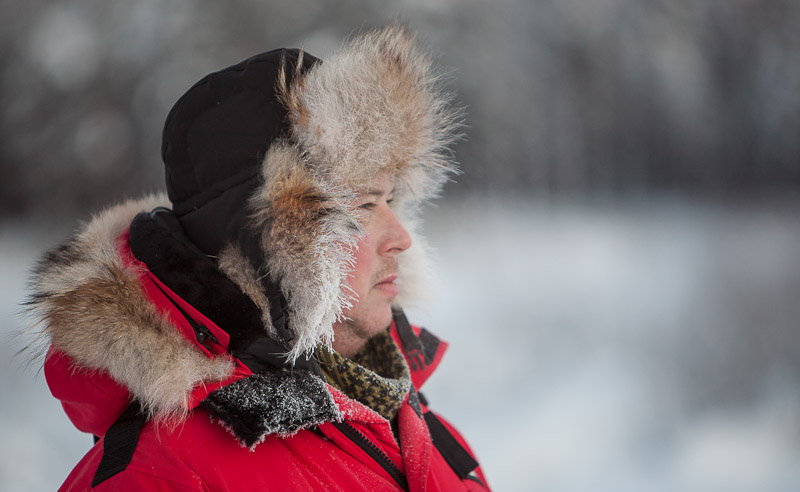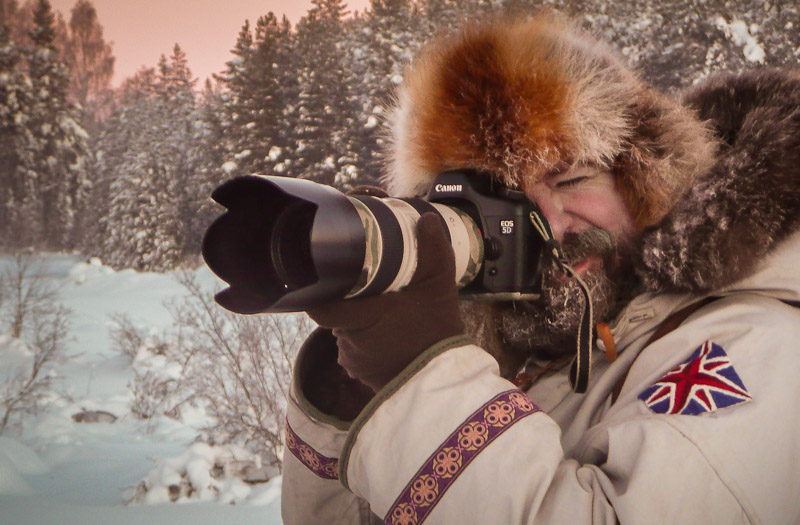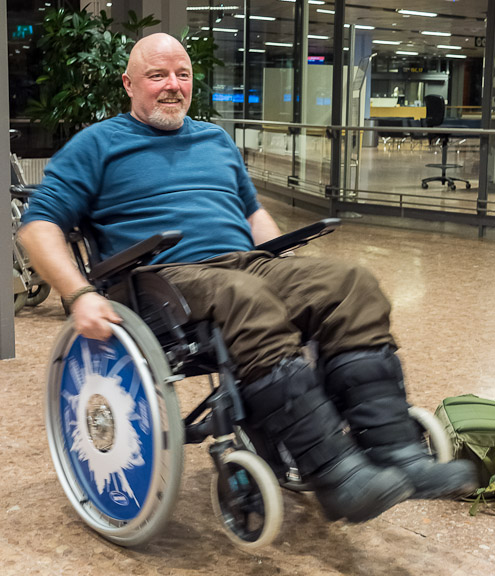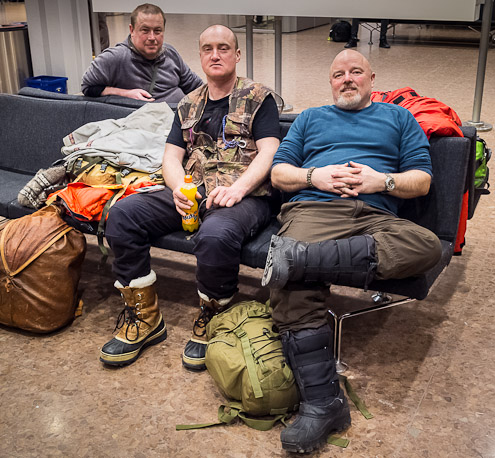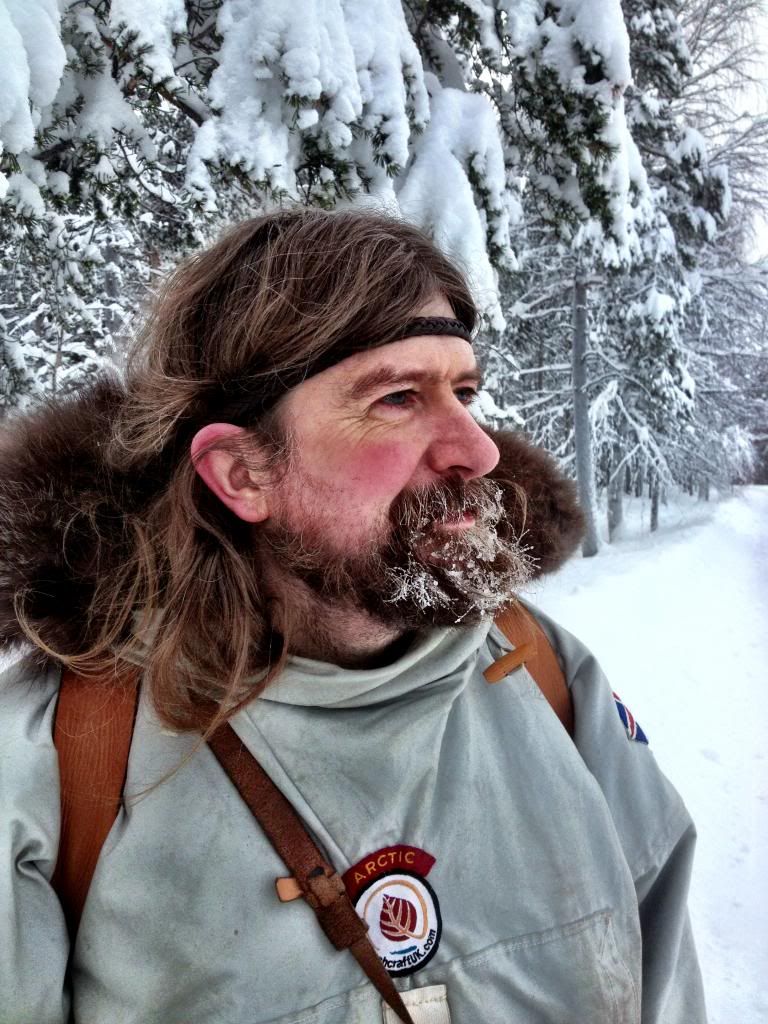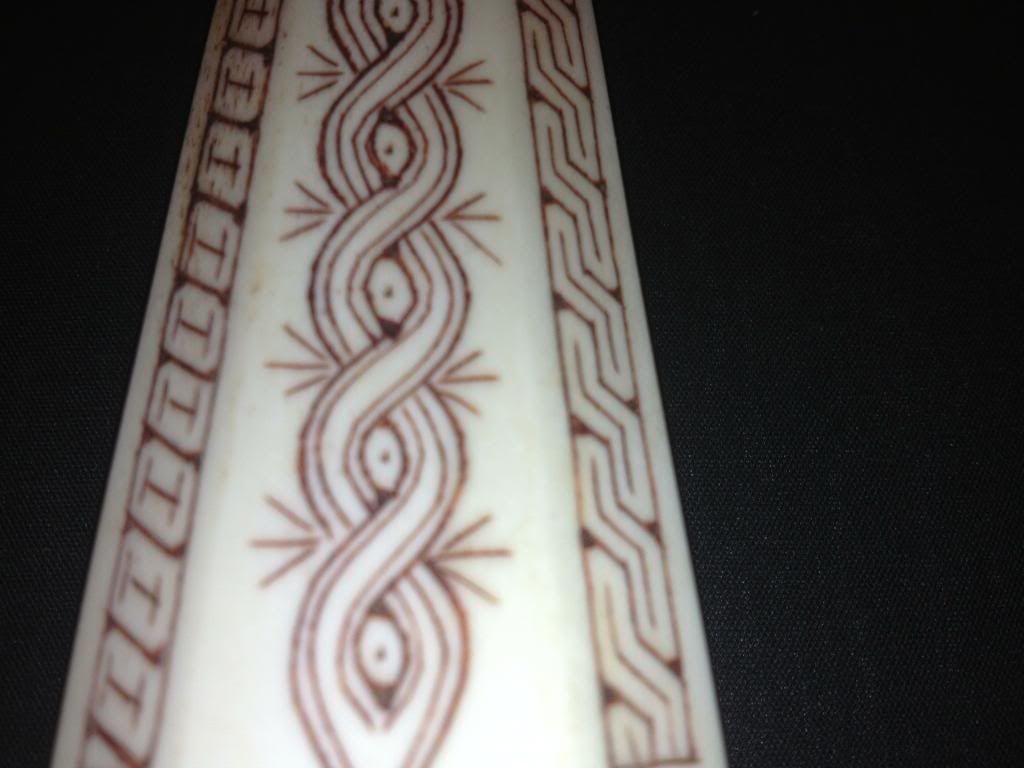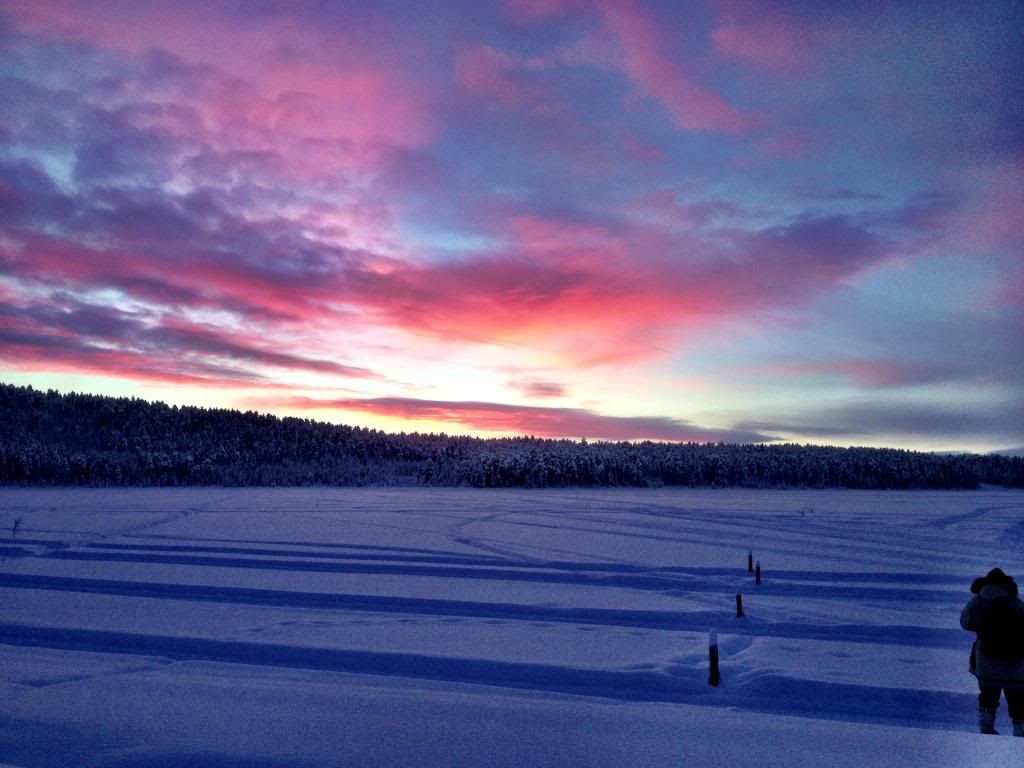Where do you start a report like this? At the beginning I guess and this journey began, like so many things, with an idea discussed around a camp fire in the dark.
This particular camp fire was a few degrees North of the Arctic Circle and the darkness was that particular kind of darkness that only a clear unpolluted night sky can provide.
We had just completed an Advanced Arctic Course and were all keen to put our new skills to good use.
The grand idea was to visit the Saami Winter Market at Jokkmokk in Northern Sweden.
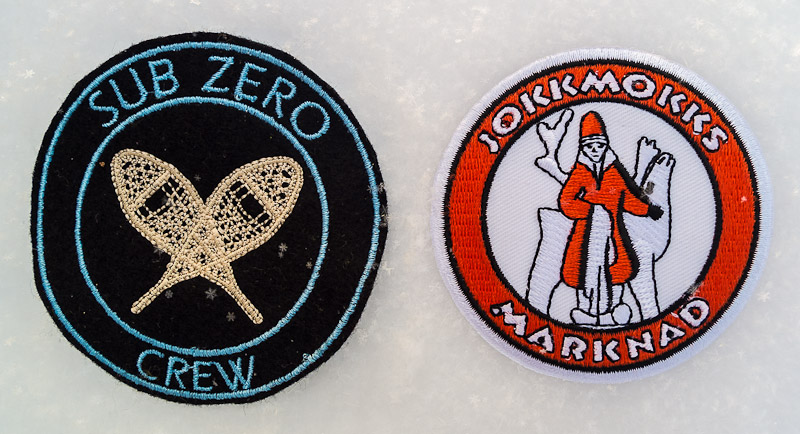
The Annual Winter Market at Jokkmokk has a long history and is regarded as an unbroken tradition for over 400 years. Fixed market places near Saami wintering grounds were founded by the Swedish Crown in the early 1600s The aim was to strengthen the state's grip on the population in the north, collect taxes and spread Christianity.
A market in Lapland during the coldest time of the year had many advantages. The Saami people were gathered in forest areas with winter grazing for the reindeer, and the frozen rivers were excellent fairways for merchants, government servants and men of the church.
Today, the Winter Market remains on of the great destinations to find Saami craft work and materials, meet Saami craftspeople and sample the cultural events that surround the market.
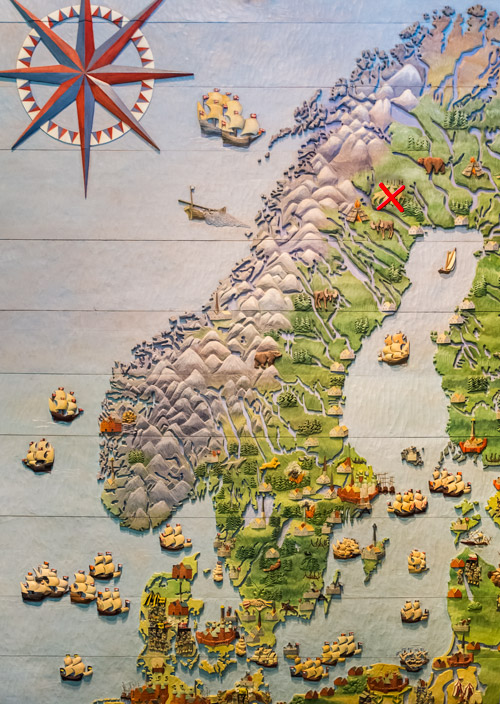
It would be unusual if a diverse bunch of people that a forum like Bushcraft UK attracts did not have an equally diverse set of objectives from a trip like this. For me It is an event I have wanted to visit for years and it seemed like a good opportunity to obtain some interesting equipment, materials and bags of inspiration too. Add to that the chance to make contacts in the community which might lead to further possibilities in the future.
There were the usual crop of people who did little but point out the problems with such a plan but there were also a few that came forward with ideas and solutions which is always more useful.
In the early stages the plan shifted from wild camping to the possibility of using laavus on a private site. At a later stage this plan fell through and some of us eventually decided to book a cabin and use that as a base station for some wild camping. This would also provide a safe fall back position and secure location to leave equipment while we visited the market.
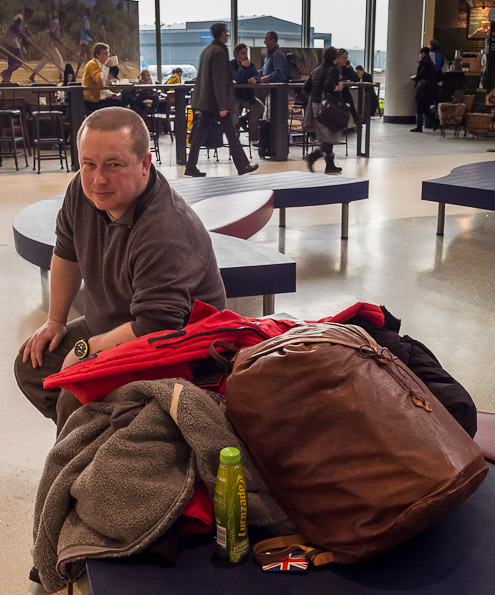
For Damian and myself our physical journey started with a flight out of Manchester Airport to Stockholm, Arlanda. We had decided to spend a couple of days on the way in Stockholm and visit some of the museums there which neither of us had managed to see before.
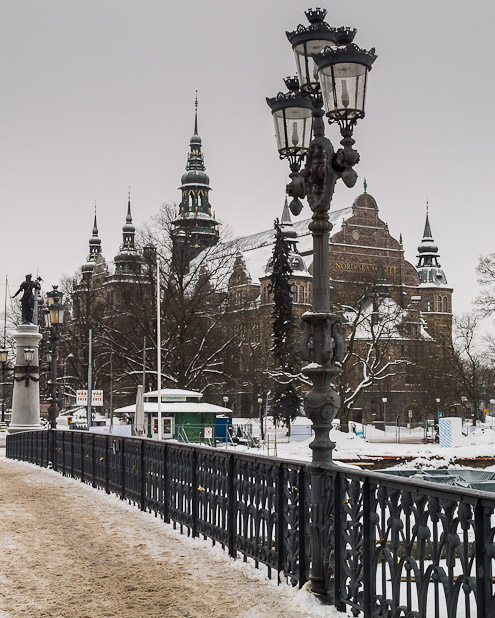
Our flight was delayed 40 minutes but we had no issues with security and everything else went smoothly.
Just two hours after we left, Manchester Airport was closed due to snow. In Sweden, the airport bus dropped us off right by our hotel which turned out to be very pleasant and served a great breakfast. (which served us well for lunch too.)
Our first stop was the Nordiska Museum which houses the Scandinavian Ethnographic collections. I particularly wanted to see the Sapmi Exhibition as I have been interested in the Saami culture for many years.
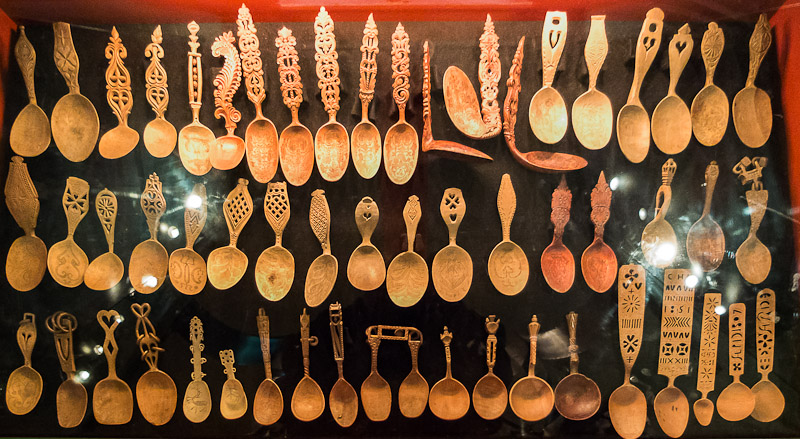
Almost the first cabinet we saw as we entered the museum was filled with carved wooden spoons. I couldnt help thinking there was something a little synchronous about that somehow.
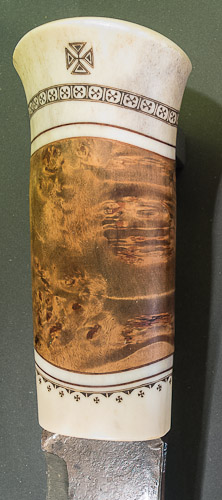

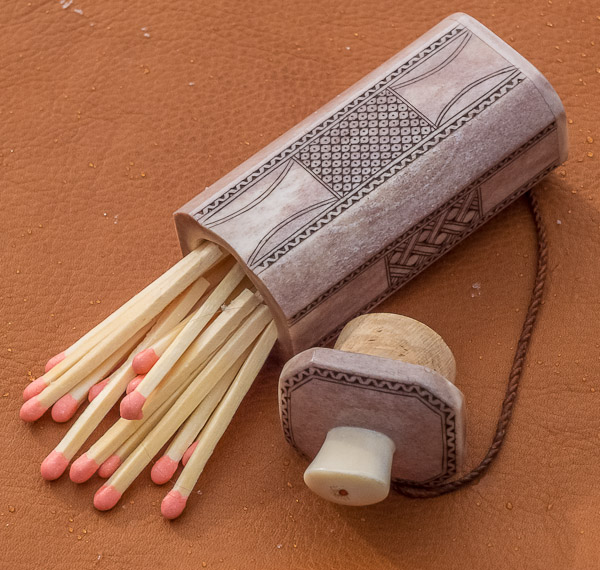
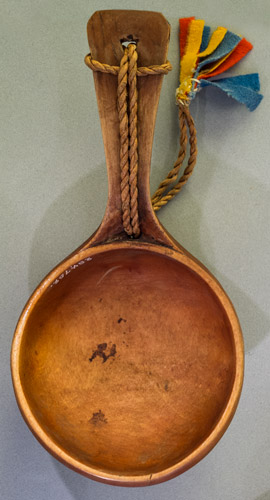
The Sapmi exhibit was on the top floor and predictably contained a good collection of engraved antler work, mostly knives, needle cases and the occasional match case
Engraved antler is probably the craft which is most often associated with the Saami but they are also accomplished wood and textile workers too.

A very distinctive Saami craft is the use of sinew wrapped with very fine tin wire and then stitched to leather or cloth to produce quite intricate designs. This was one technique I really wanted to learn more about on this trip.
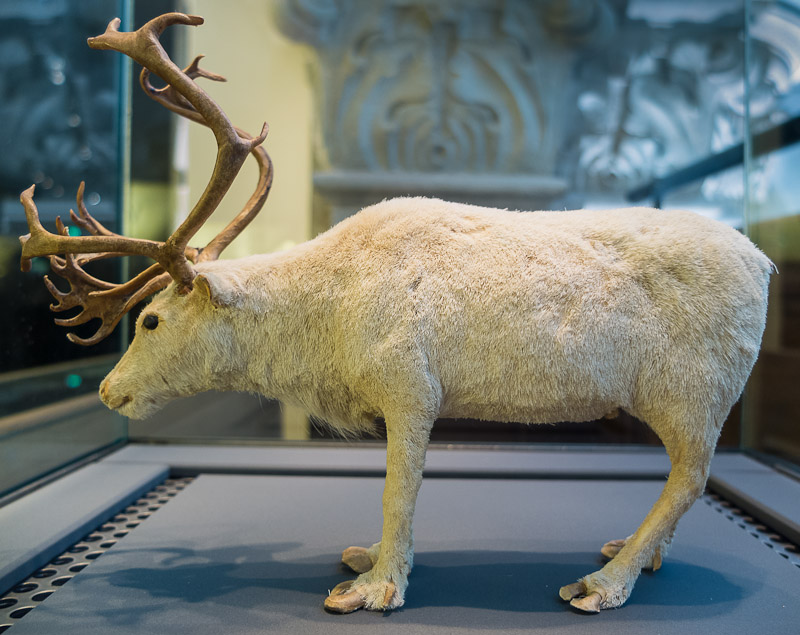
The story of Hattas Reindeer interested me. Apparently Jöns Paulus Mickelsson Hatta lost his reindeer, found himself alone and poor so he started to make these small figures. Hattas reindeer became so popular that he earned enough to buy a new herd of reindeer.
People greatly admired his craftsmanship: the antlers and hooves were made of leather, the fur cut from a reindeer pelt and the peices were put together so that it exactly matched the fur of a living reindeer. This figure stands no more than about 6 inches high.
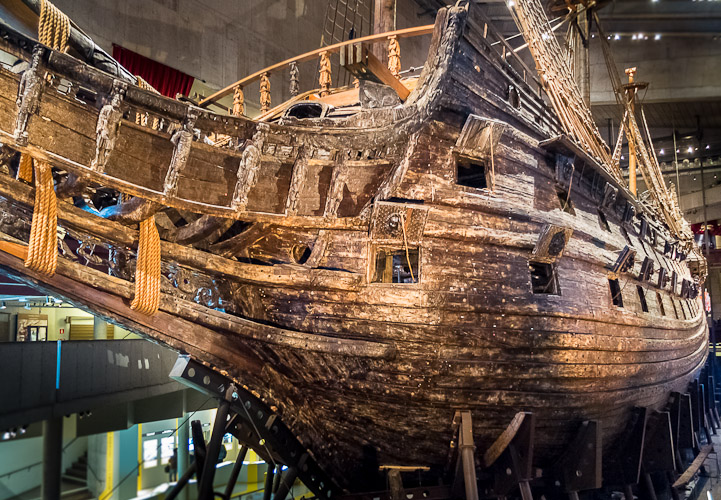
Another attraction high on my list to see in Stockholm was the Vasa. The story of the Vasa is in some ways similar to the Mary Rose, A Royal Flag Ship that sank on its maiden voyage not far from land. The difference is in the state of preservation.
The Vasa is almost complete which provides an incredible opportunity to see a 17th century warship and much of its contents much as it was when she was made.
Many of the tools would be familiar to a carpenter today but the quality of work they produced would put many modern chippies to shame.
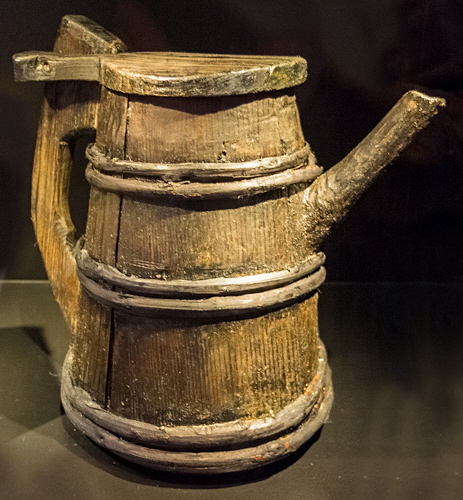
Regarding the ships contents a couple of things intrigued me. I have seen wooden tankards many times before but I have never seen any spouted with a natural branch which has been drilled through the stave before.
This clever combination lock on a small wooden box caught my eye as well.
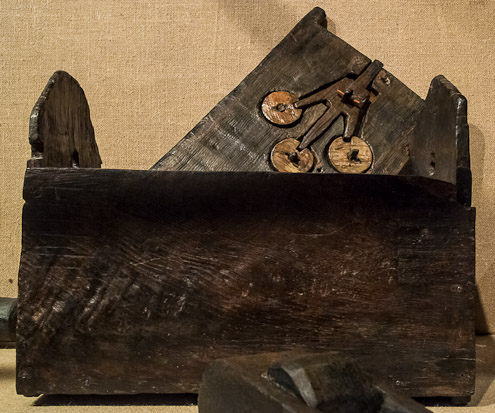
Returning to the room at our hotel gave us further opportunity to ignore the elephant in the room which we eventually decided to photograph so that we could ignore it some more at our leisure.
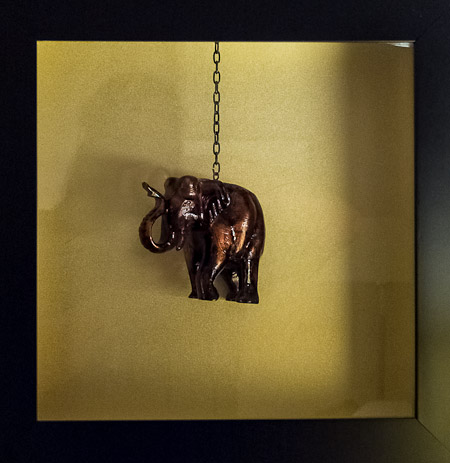
In the morning we had a second foraging mission to the breakfast room which provided a variety of nice bread including my favourite which was rich and slightly sticky, possibly made with molasses but definitely very tasty.
We checked out but left our bags at the hotel so that we could head off for the National Museum of Antiquities, after all I couldnt come all this way and not go to see the Viking Age artefacts could I?
I took few photographs here, Partly because I have detailed illustrations of most of these exhibits in my library at home but also perhaps because a significant part of the collection had ironically been sent to Edinburgh for a temporary exhibition there. Good job Im due to work up there the week I get back I suppose.
After picking up our luggage and booking a taxi to the train station we discovered that they had no baggage trolleys which produced the only significant problem of the trip.
Damian had decided against taking his toboggan, figuring that, as we were mostly staying in a cabin, we would be able to set out into the woods with smaller packs. I wasnt so confident and had larger bags to accommodate my toboggan, rolled up inside one of them.
I also had several kilograms of camera equipment, as photography was a big objective for my trip too.
The end result was over 50 kg of kit divided across three bags and as you might guess, we always ended up at the wrong end of the platform when the trains came in.
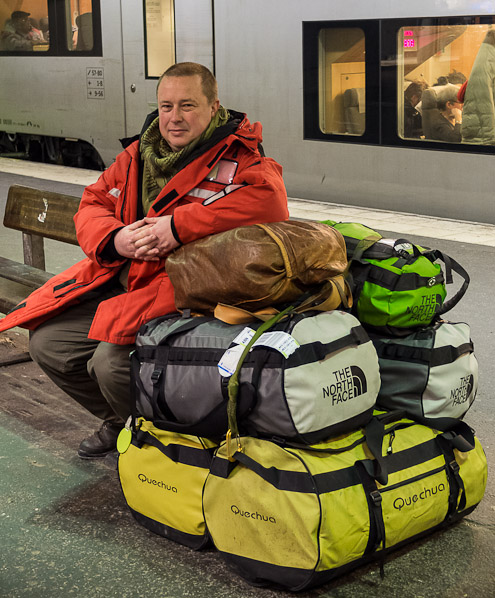
The sleeper cabin was an interesting experience too. Obviously they are designed for travellers with less luggage than we had. This cabin was designed for three Fortunately we had it to ourselves so we could just squeeze all the luggage in as well.
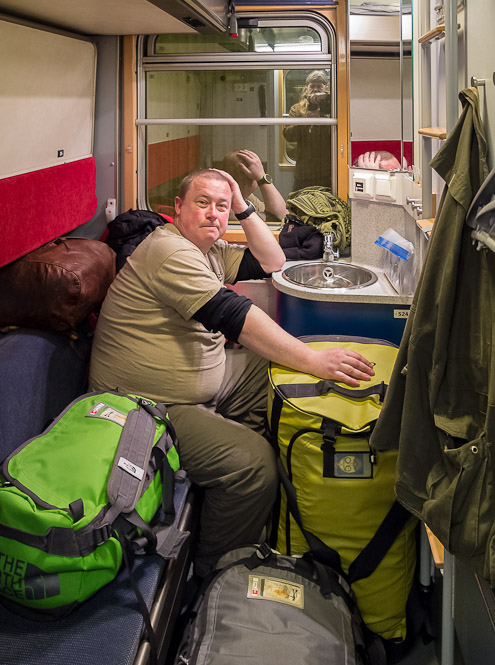
The fall of snow was continuous during our long haul north and it certainly didnt stop when we were dropped off at Murjek station.
The final leg of our journey was made by bus again and here we met a talkative and very helpful local gentleman who was intrigued by two Englishmen who intended to sleep out in the woods in winter. After addressing his initial concerns for our safety he became a mine of local information and advice. I regret to say that I never asked his name but many thanks for your help sir if you ever read this.
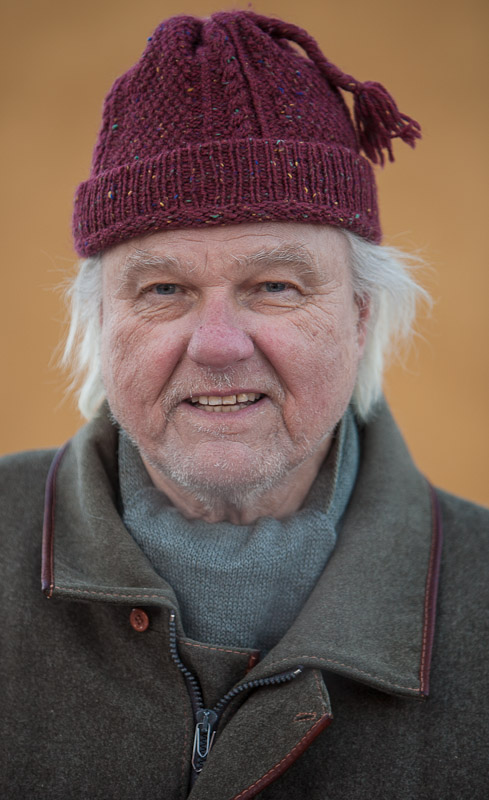
One particularly good piece of advice he gave us was that the bus we were travelling on went past the Jokkmokk Camping Centre, where we had booked a cabin, and if we asked the driver he could drop us off near there instead of having a two mile walk with all the gear from the town.
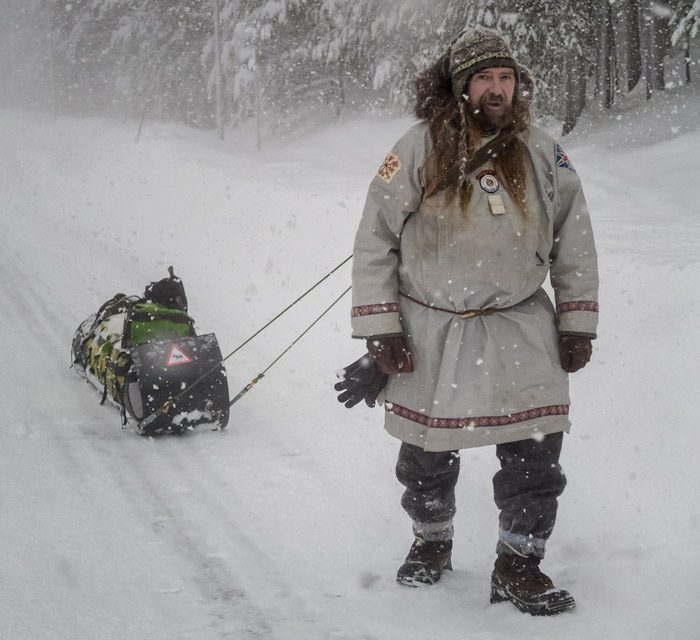
Once dropped off it was a simple matter to unpack the toboggan, load it up with all the gear and then haul it into the camping centre. At the reception we were greeted by the receptionist with the news that there was a problem with our two berth cabin After the trouble I had with a cabin booking which was not honoured in Norway last year, my heart sank at that point but it rapidly recovered when she said Would you mind having a four berth cabin for a few days at the same price?
As it happens this turned out to be significant stroke of luck, not only was it larger which made things a lot more comfortable but it also had a drying / airing cabinet which was very useful for removing the moisture from things like boot liners and washed base layers.
Well we were there then after all that travelling. Temperatures were about -12c and the snow lay deep all around.
This particular camp fire was a few degrees North of the Arctic Circle and the darkness was that particular kind of darkness that only a clear unpolluted night sky can provide.
We had just completed an Advanced Arctic Course and were all keen to put our new skills to good use.
The grand idea was to visit the Saami Winter Market at Jokkmokk in Northern Sweden.

The Annual Winter Market at Jokkmokk has a long history and is regarded as an unbroken tradition for over 400 years. Fixed market places near Saami wintering grounds were founded by the Swedish Crown in the early 1600s The aim was to strengthen the state's grip on the population in the north, collect taxes and spread Christianity.
A market in Lapland during the coldest time of the year had many advantages. The Saami people were gathered in forest areas with winter grazing for the reindeer, and the frozen rivers were excellent fairways for merchants, government servants and men of the church.
Today, the Winter Market remains on of the great destinations to find Saami craft work and materials, meet Saami craftspeople and sample the cultural events that surround the market.

It would be unusual if a diverse bunch of people that a forum like Bushcraft UK attracts did not have an equally diverse set of objectives from a trip like this. For me It is an event I have wanted to visit for years and it seemed like a good opportunity to obtain some interesting equipment, materials and bags of inspiration too. Add to that the chance to make contacts in the community which might lead to further possibilities in the future.
There were the usual crop of people who did little but point out the problems with such a plan but there were also a few that came forward with ideas and solutions which is always more useful.
In the early stages the plan shifted from wild camping to the possibility of using laavus on a private site. At a later stage this plan fell through and some of us eventually decided to book a cabin and use that as a base station for some wild camping. This would also provide a safe fall back position and secure location to leave equipment while we visited the market.

For Damian and myself our physical journey started with a flight out of Manchester Airport to Stockholm, Arlanda. We had decided to spend a couple of days on the way in Stockholm and visit some of the museums there which neither of us had managed to see before.

Our flight was delayed 40 minutes but we had no issues with security and everything else went smoothly.
Just two hours after we left, Manchester Airport was closed due to snow. In Sweden, the airport bus dropped us off right by our hotel which turned out to be very pleasant and served a great breakfast. (which served us well for lunch too.)
Our first stop was the Nordiska Museum which houses the Scandinavian Ethnographic collections. I particularly wanted to see the Sapmi Exhibition as I have been interested in the Saami culture for many years.

Almost the first cabinet we saw as we entered the museum was filled with carved wooden spoons. I couldnt help thinking there was something a little synchronous about that somehow.




The Sapmi exhibit was on the top floor and predictably contained a good collection of engraved antler work, mostly knives, needle cases and the occasional match case
Engraved antler is probably the craft which is most often associated with the Saami but they are also accomplished wood and textile workers too.

A very distinctive Saami craft is the use of sinew wrapped with very fine tin wire and then stitched to leather or cloth to produce quite intricate designs. This was one technique I really wanted to learn more about on this trip.

The story of Hattas Reindeer interested me. Apparently Jöns Paulus Mickelsson Hatta lost his reindeer, found himself alone and poor so he started to make these small figures. Hattas reindeer became so popular that he earned enough to buy a new herd of reindeer.
People greatly admired his craftsmanship: the antlers and hooves were made of leather, the fur cut from a reindeer pelt and the peices were put together so that it exactly matched the fur of a living reindeer. This figure stands no more than about 6 inches high.

Another attraction high on my list to see in Stockholm was the Vasa. The story of the Vasa is in some ways similar to the Mary Rose, A Royal Flag Ship that sank on its maiden voyage not far from land. The difference is in the state of preservation.
The Vasa is almost complete which provides an incredible opportunity to see a 17th century warship and much of its contents much as it was when she was made.
Many of the tools would be familiar to a carpenter today but the quality of work they produced would put many modern chippies to shame.

Regarding the ships contents a couple of things intrigued me. I have seen wooden tankards many times before but I have never seen any spouted with a natural branch which has been drilled through the stave before.
This clever combination lock on a small wooden box caught my eye as well.

Returning to the room at our hotel gave us further opportunity to ignore the elephant in the room which we eventually decided to photograph so that we could ignore it some more at our leisure.

In the morning we had a second foraging mission to the breakfast room which provided a variety of nice bread including my favourite which was rich and slightly sticky, possibly made with molasses but definitely very tasty.
We checked out but left our bags at the hotel so that we could head off for the National Museum of Antiquities, after all I couldnt come all this way and not go to see the Viking Age artefacts could I?
I took few photographs here, Partly because I have detailed illustrations of most of these exhibits in my library at home but also perhaps because a significant part of the collection had ironically been sent to Edinburgh for a temporary exhibition there. Good job Im due to work up there the week I get back I suppose.
After picking up our luggage and booking a taxi to the train station we discovered that they had no baggage trolleys which produced the only significant problem of the trip.
Damian had decided against taking his toboggan, figuring that, as we were mostly staying in a cabin, we would be able to set out into the woods with smaller packs. I wasnt so confident and had larger bags to accommodate my toboggan, rolled up inside one of them.
I also had several kilograms of camera equipment, as photography was a big objective for my trip too.
The end result was over 50 kg of kit divided across three bags and as you might guess, we always ended up at the wrong end of the platform when the trains came in.

The sleeper cabin was an interesting experience too. Obviously they are designed for travellers with less luggage than we had. This cabin was designed for three Fortunately we had it to ourselves so we could just squeeze all the luggage in as well.

The fall of snow was continuous during our long haul north and it certainly didnt stop when we were dropped off at Murjek station.
The final leg of our journey was made by bus again and here we met a talkative and very helpful local gentleman who was intrigued by two Englishmen who intended to sleep out in the woods in winter. After addressing his initial concerns for our safety he became a mine of local information and advice. I regret to say that I never asked his name but many thanks for your help sir if you ever read this.

One particularly good piece of advice he gave us was that the bus we were travelling on went past the Jokkmokk Camping Centre, where we had booked a cabin, and if we asked the driver he could drop us off near there instead of having a two mile walk with all the gear from the town.

Once dropped off it was a simple matter to unpack the toboggan, load it up with all the gear and then haul it into the camping centre. At the reception we were greeted by the receptionist with the news that there was a problem with our two berth cabin After the trouble I had with a cabin booking which was not honoured in Norway last year, my heart sank at that point but it rapidly recovered when she said Would you mind having a four berth cabin for a few days at the same price?
As it happens this turned out to be significant stroke of luck, not only was it larger which made things a lot more comfortable but it also had a drying / airing cabinet which was very useful for removing the moisture from things like boot liners and washed base layers.
Well we were there then after all that travelling. Temperatures were about -12c and the snow lay deep all around.
Last edited:


